|
When last I wrote, my wine glass and I were enjoying wines from the Russian River Valley, California. However, before I leave this golden state, I have two more wines to taste. The Federalist is a wine brand created by wine producer Terlato Wines that was launched in 2010. It features a range of wines sourced from several AVAs such as Lodi, Sonoma County and North Coast. All the wines are cellared and bottled by Federalist Vineyards. The Federalist pays homage to the Founding Fathers, Statue of Liberty and the American Bald Eagle with etched portraits on each bottle. “Born from the virtues of every forward-thinking, hard-working, red-blooded American, this is The Federalist. This Is American Craft Wine.” I received two samples from the The Federalist portfolio. Chardonnay 2018 This 100% Chardonnay is sourced from vineyards in Mendocino County. It is the only white wine The Federalist produces. The wine is aged in 35% new American and Hungarian oak, with a touch of French. The Hungarian oak contributes to the wine’s spicy character and the American oak rounds it out with a sweeter finish. This wine opens with enticing aromas of citrus, floral, apple and baking spice. The palate is layered with juicy pear, apple, sweet spice and a hint of cinnamon. It is rich and creamy with a surprisingly long finish. Serve as an aperitif or with light fare. Alcohol: 14.5% SRP: $23 Bourbon Barrel-Aged Cabernet Sauvignon 2017 This 100% Cabernet Sauvignon is sourced from vineyards in Lodi. The wine was aged for six months in American oak and then another six months in charred bourbon barrels. Lots of fresh red fruit aromas mix with smoke and spice. The palate offers juicy fruit, raspberry, cherry, smoke, spice and vanilla. This is a well-balanced wine with smooth tannins and just the right amount of acidity. Serve with grilled meat, summer salads, veggies and spicy cuisine.
Alcohol: 14% SRP: $21.99 Stay tuned for more adventures of the traveling wine glass! Until next time… Cheers! Penina To leave a comment or if you have an inquiry, please contact me at [email protected] Many of us are dreaming of places we’d like to travel to but can’t right now so instead, we are navigating through websites, movies, books and food to vicariously enjoy an otherwise unattainable and hopefully, short-lived situation. I have been traveling far and wide exploring wine regions around the world, one glass at a time. Today my wine glass and I are off to sunny California to taste Ron Rubin wines. Ron Rubin Ron Rubin is no stranger to wine. Having grown up in the wine/spirit wholesale business that his father started in 1950 in Illinois, Ron decided to pursue a degree in viticulture and enology at UC Davis in the early 70s. Bitten by the bug of California wines, Ron started adding wines to the company portfolio. Ron recalled, “The salesmen could not understand how to sell these wines. What I learned early on was that I needed to take our team to California, visit the wineries, learn, and then come back to sell the wines. It worked.” It wasn’t until late 2011, that Ron fulfilled a 40-year dream and purchased River Road Family Vineyards and Winery in the Green Valley AVA, a subzone of Sonoma’s Russian River Valley. The winery sits in the mid-slope “sweet spot” of the Green Valley. Green Valley – Russian River AVA Although Green Valley is one of the smallest appellations in Sonoma, it is the most consistent of any North Coast appellation in terms of soil, climate and flavor. Its trademark is the fog and Goldbridge soil. The fog that originates at the Petaluma Wind Gap in the coastal mountains defines Green Valley. Due to Green Valley’s proximity to the gap, this is the first place that the fog rolls in and the last place to burn off. Because of this, Green Valley encounters cooler morning temperatures for a longer period, more so than the northern parts of the Russian River. Temperature shifts are subtler here and the cool marine climate, cooler daytime readings and long growing season allow the grapes to slowly develop character and flavor as well as retain acidity and balance of sugars. This, in turn, adds to the complexity, aromas, lower alcohol and freshness of the wines. Goldridge soil is the most predominant type of soil here. It is 60% sand, 10% clay and 30% silt particles that are the remains from an ancient inland sea dating back three to five million years ago. The soil consists of a top layer of fine sandy loam that covers a subsoil of sandy loam and fractured sandstone. The soil provides good drainage and excellent, natural chemical balance. This is a perfect growing environment for cool-climate grapes such as Pinot Noir and Chardonnay. River Road Vineyards/Ron Rubin Winery The winery has nine acres of vineyards of which 6.5 acres are devoted to growing Pinot Noir and 2.5 acres are for growing Chardonnay. Ron also buys fruit from a carefully chosen handful of growers, three of whom have been selling fruit to the winery for decades. The winery is both SIP (Sustainability in Practice) Certified and Certified Sustainable by the California Sustainable Winegrowing Alliance. With his head winemaker, Joe Freeman, Ron produces two well-defined brands, Ron Rubin Wines and the River Road collection. I received seven bottles of wine representing both brands. River Road Collection Most of the wines in this portfolio are priced from $14-$20, with the exception of a Pinot Noir priced at $30. The portfolio includes an extensive range of wines established by the winery’s former owners. Ron believes that good wine should be accessible, “exceptional wines at a great value.” A signature of this collection is its easy drinking style. Ron says, “I’m a fan of low alcohol wines. I keep the alcohol in check to produce elegant wines that you can enjoy, glass after glass.” Un-Oaked Chardonnay 2019 Chardonnay grapes are sourced from both estate-owned and family-owned vineyards. This is a fresh, light wine with nice aromas of citrus and hints of honeysuckle. A palate of green apple, grapefruit, pear and crisp acidity makes this quite refreshing. Alcohol: 12.5% SRP: $14 Reserve Chardonnay 2018 Chardonnay grapes for this wine are sourced from the Russian River Valley. The wine is aged in both oak barrel and stainless steel tanks. Floral, pear and vanilla aromas segue onto the palate with hints of citrus, apple, peach and lemon zest on the finish. Bright acidity and a creamy mouthfeel blend well together. Alcohol: 13.7% SRP: $18 Reserve Cabernet Sauvignon 2018 Cabernet Sauvignon grapes are sourced from the Alexander Valley. This wine is aged for nine months in French and American oak barrels. A juicy bouquet of berries, plum and baking spice continue onto the palate with blackberry, strawberry, dark cherry and toasted oak. Fresh acidity rounds out the palate with a smooth and pleasant mouthfeel. Alcohol: 13.9% SRP: $25 Pinot Noir Stephanie’s Cuvée 2017 Pinot Noir grapes are sourced from Green Valley and the wine is aged in 20% new French oak barrels. This wine opens with a bouquet of ripe red fruit, floral, baking spice and a touch of blueberry and raspberry. The palate offers lush blackberry, raspberry, spice, cocoa and a dollop of dark cherry and vanilla on the finish. It is a smooth blend of fresh acidity and tannins. Alcohol: 14.3% SRP: $30 Ron Rubin Collection These wines are mostly made with Russian River fruit made from blends of different estates that add complexity and consistency from year to year. Winemaker Joe Freeman says, “Differences in terroir are more important with Pinot Noir. For Chardonnay, it’s the clones that have more impact.” The wines carry a price tag of $14-$25. Pam’s UN-Oaked Chardonnay 2018 When Ron Rubin bought the winery, his wife Pam asked him to please make an un-oaked version of her favorite white grape, Chardonnay. Ron and Joe Freeman set to work and one year later, Pam’s UN-Oaked Chardonnay made its debut. The grapes for this wine were sourced from Clarksburg, Lodi and Mendocino County. This is a fresh fruit, off-dry wine with plenty of juiciness and moderately low-alcohol. Citrus, lots of pear, sweet apples and nectarine envelop the palate. It is balanced with just the right blend of alcohol, acidity and sugar. And yes, there is the slightest hint of effervescence Alcohol: 12.5% SRP: $14 Ron Rubin Russian River Valley Chardonnay 2018 Grapes were sourced and handpicked from an intricate blend of clones in the winery’s favorite vineyards. The grapes were barrel fermented with a mix of French and American oak. After fermentation, the wine was aged for over six months in oak barrels with another six months or so in the bottle. Pear, tart apples and baking spice greet the nose with an abundance of juicy pear, apples, honeydew and hints of minerality that entertain the palate. A creamy texture with a balance of bright acidity adds to the structure of this wine. Alcohol: 13.7% SRP: $20 Ron Rubin Russian River Valley Pinot Noir 2017 This wine is made mostly from Green Valley grapes grown on the estate with some grapes acquired from a few local, family vineyards. The wine was aged in new French oak barrels. Aromas of ripe red fruit, sweet spice, cherry, berries and a hint of herbs lead to a palate of sour cherry, cranberry, ripe red fruit, vanilla and a touch of earth. Soft tannins and crisp acidity round out this fruit-driven wine.
Alcohol: 13.7% SRP: $25 All of these wines are light, food-friendly and price approachable and they are fun to drink. Pour a little California sunshine in your wine glass! Until next time… Cheers! Penina To leave a comment or if you have an inquiry, please contact me at [email protected] For me, there is nothing like pouring a glass of wine that not only sates my palate but can also conjure up sweet memories. And this quote from Coppo says it perfectly. “We like to imagine our wines leave an emotional aftertaste. This doesn’t have anything to do with its aromas or flavors, but of a sensation that awakens memories of pleasant times.” Piero Coppo founded Coppo winery in 1892 and it is one of the oldest family-run wineries in Italy spanning four generations. Piero’s philosophy was about making quality wine, not quantity. His sense of ethics, attention to detail, perfection, passion for the land and his vision for the future have been passed on from one generation to the next. Below is a photo of the four brothers representing the third generation with fourth-generation Luigi in the middle. This historic winery is located in the famous commune of Canelli, a subzone in the province of Asti in the Piedmonte region of Italy. Canelli is noted for its important role in history for being the birthplace of Italian sparkling wine made with Moscato Bianco grapes. Canelli became a UNESCO World Heritage Site in June 2014 and it is famous for its surrounding historic vineyards and intricate subterranean wine cellars called “Underground Cathedrals”. These cellars weave in and out of Canelli for about 20 miles. Part of these historical wine cellars are located at Coppo Winery and are a UNESCO World Heritage site. While visiting Coppo a few months ago, fourth-generation Luigi Coppo gave us a tour of these impressive cellars. He said, “In parts of this tunnel there are over 42 meters of dirt above us. The tunnels are ideal for storing wine because it is stable in here with constant and perfect temperature and humidity. This all-natural tunnel was built in the late 18th century with an addition in 1920 that took only one week to build”! Below is a slideshow of the Underground Cathedrals. Photo credit: Penny Weiss Coppo built their business producing sparkling wines, but by the beginning of the 20th century, their production expanded to making classic Piedmontese reds, most notably, Barbera. Piero’s son, Luigi (second generation) entered the business in the late 1940s and was responsible for restoring and modernizing the winery. He also brought with him a passion for French wine. During the 60s and 70s, the winery began importing wines from Burgundy and Champagne. Luigi’s four sons (third-generation) entered the family business between the 70s and 80s). Inspired by the great French wines that their father imported, the four brothers infused their personal style in the production of Metodo Classico sparkling wines and Chardonnay. Coppo is one of the first producers in the area to make Chardonnay, although Chardonnay and Pinot Nero have been growing in the hills around Canelli since the early 1800s. Monteriolo Chardonnay is dedicated to their father Luigi and the first vintage was introduced in 1984. Here is a bottle shot of the 2017 Monteriolo Chardonnay that I tasted while at the winery. It was exquisite! Unlike many other wineries, the third generation made it their mission to maintain the quality of Barbera over quantity and ensure that its elegant character was preserved. This brought about a change for stricter management in the vineyards, lower yields, hand harvesting and introducing barriques during maturation, making Coppo at the cutting edge of Barbera’s rebirth. These changes helped to give the wines more complexity and richness. The 1984 Barbera d’Asti Pomorosso was the first harvest, becoming the symbol of the winery. The fourth-generation, cousins Max and Luigi, are focusing on “a new style of communication”, called the Internet! By engaging the younger generation of wine lovers while blending “a lighter side of wine” with traditional values they hope to introduce their palates to affordable and quality wine. Today, the major part of Coppo production is focused on Barbera, Metodo Classico sparkling wines, Chardonnay and Moscato d’Asti. Coppo also makes classic DOCG Piedmontese wines such as Gavi and Barolo. It is interesting to note that due to the winery’s historical importance, they have been granted permission to make Barolo outside of its zone of production. The Coppo estate covers over 52 hectares of vineyards with the heart of productive vineyards in Monferrato in Southern Piedmont. Here is where Moscato Bianco and Pinot Nero are grown. Barbera grapes are grown in Agliano Terme and Castelnuovo Calcea located in the heart of the subzone, Nizza. Coppo also manages the estate La Rocca situated in Monterotondi di Gavi, where the Cortese grapes are grown. As stated by Coppo, “Since 2001, Coppo winery has followed an official protocol for integrated agriculture that sustains farming practices with low environmental impact. The winery goes above and beyond the regulations, and for several years now has decided to follow agricultural methods in the spirit of organic and biodynamic agriculture, while not being officially certified.” I asked Luigi how climate change might be affecting vineyards and production. His reply, “Climate change exists and of course, it is impacting our vineyards and production. What we are experiencing in the last years is an anticipated ripeness of our grapes, which means an anticipated harvest. It does not mean this is worse or better but we have to follow nature. We are experiencing higher temperatures now and that means higher alcohol. But please consider alcohol is not a problem if the wine is well balanced. For some specific varieties such as Barbera, we cannot control or decide what is the right amount of alcohol because we have to manage the acidity and so we have to pick the grape when the grape is ripe. We can pick grapes earlier but it won’t work out well.” I asked Luigi what the biggest challenge Coppo might be facing in the vineyards. He responded, “There is not a specific challenge. According to my father and uncles stories back in the day, the harvest season was more or less predictable. Today it is different and we have to “react” quickly. Every day is different and every harvest (thank god) is different too.” Upon my return home from visiting the Coppo estate, I received six bottles of their wines. The wines transported me back to Canelli “awakening memories of a special time.” These wines are all gems and worthy of review. Coppo Moncalvina Moscato D’Asti DOCG 2018 This wine is made with 100% Moscato Bianco di Canelli. It is a light, sweet wine with floral and stone fruit aromas that transcend to the palate. It has a natural light fizziness and is very refreshing. Alcohol: 5% SRP: $15 Coppo Costebianche Chardonnay 2017 This is 100% Chardonnay that is harvested from Piemonte DOC appellation. 20% of the must is fermented and aged on fine lees in French oak barrels of 2nd and 3rd-year use. This is a delightfully fresh and fragrant wine with notes of floral, stone fruit, apple and a hint of lemon. Alcohol: 12.5% SRP: $20 Coppo La Rocca Gavi DOCG 2018 Gavi is a classic white Piedmontese wine made with 100% Cortese grapes. Cortese is one of the region’s oldest native grapes. The Tenuta La Rocca vineyard has marly calcareous soils that contribute to the wine’s mineral complexity. Fresh aromas of citrus, peach and pineapple lead to a palate of minerality, grapefruit, green apple, honeysuckle and a nice balance of fresh acidity. Alcohol: 13% SRP: $20 Coppo L’Avvocata Barbera D’Asti DOCG 2018 This wine is made with 100% Barbera. Wonderful aromas of juicy red berries and spice tickle the nose with a palate full of lively acidity, cherry, berries, pomegranate, spice and a hint of nutmeg. Raspberry and spice linger on a long finish. Alcohol: 14.5% SRP: $17 Coppo Camp Du Rouss Barbera D’Asti DOCG 2016 I love the story that goes with the name of this wine. “Camp del rosso” in Italian means “the redhead’s field”. ‘Camp’ in Piedmontese means vineyard. The first owner of this vineyard was a redheaded man who was so burly, he frightened the children. However, the wine is far from frightening! It is 100% Barbera that has been aged in French oak barrels for 12 months. Intense aromas of red fruit and spice lead to a palate of sour cherry, red berries, cranberry, spice and a hint of dark chocolate. This is a well-structured wine that lingers on the palate and begs for another sip. Alcohol: 14.5% SRP: $23 Coppo Pomorosso Barbera D’Asti Nizza DOCG 2016 This wine is the most prestigious Barbera produced by Coppo. Its fame is owed to the significant part it played in the rebirth of this variety. With the release of the 2016 vintage, the wine bottle bears the new Nizza DOCG designation. This took years of collaboration to elevate the status of this vine growing region. The Coppo family along with other prominent Barbera d’Asti producers was involved in this effort and is now proud to represent this new designation. Grapes are sourced from 50 to 60-year-old vines in the Nizza DOCG appellation. The wines are aged from 14 to 18 months in French oak. This is a beautiful wine with nicely integrated tannins and acidity. Intoxicating aromas of red fruit, dark cherry, floral and baking spice segue onto the palate with dark plum, dark berries and a touch of sour cherry, pomegranate and herbs. I tasted the 2017 vintage while visiting Coppo and was reminded of how expressive this wine is. Alcohol: 15.5% SRP: $55 Every wine bottle is adorned with the symbol of a cherub. While visiting Coppo I photographed the statue, which sits on a shelf in their tasting room. I asked Luigi what its significance is. Luigi said, “This is a gift given from a sculptor to my great grandfather at the very beginning of the 20th century. It is a little angel (Cupido) trying to stop the fermentation of a bottle of sparkling wine (gran spumante). It became the logo and mascot of the winery.” Of course, I was secretly hoping that the cherub was trying to capture the aromas and essence of the sparkling wine! Although I couldn’t capture it on camera, the family motto is engraved at the cherub’s feet. “Robur et salus” (strength and health). Tasting all of these wines again was a treat for my palate. And it was wonderful to be briefly transported back to Piedmonte. Coppo definitely got it right when they said, “We like to imagine our wines leave an emotional aftertaste.” They certainly do! Until next time…
Cheers! Penina To leave a comment or if you have an inquiry, please contact me at [email protected] “SOMEONE ONCE TOLD ME YOU WILL NEVER FIGURE OUT BURGUNDY AND I PROBABLY AGREE, AFTER 30 YEARS. BUT MAYBE THAT IS THE WHOLE POINT. THE JOURNEY”. Dennis Sherman When an email popped up in my inbox asking if I’d be interested in receiving some samples of quality Burgundy wines from an online wine store based in Burgundy, my curiosity was piqued. Of course, I said yes! Not only is Elden Selections (https://www.burgundywine.com) worth writing about, but also the owners and creators of this online store are a fascinating duo to boot! Located in the east-central part of France with over 74,000 acres of vineyards, Burgundy (Bourgogne) is recognized worldwide and is considered the classic region for growing and producing Chardonnay and Pinot Noir. The region is made up of five major growing areas, 3500 domaines, 100 appellations and over 1200 unique climate and soil compositions throughout. Needless to say, when shopping for Burgundy wines, it can be a bit confusing, if not overwhelming! Thanks to Eleanor Garvin and Dennis Sherman (El and Den) owners of Elden Selections, they have taken the confusion out of selecting and buying these wines. It all began in 1983 when American born El and Den, with no return to tickets to Maryland, arrived in Europe with the notion of becoming apprentices to the great chefs of France. However, their journey began with backpacking, hitchhiking and making their way to North Africa for a while. With diminishing funds, they finally made their way to France. Temporary jobs saw them through a few seasons before finally getting bona fide jobs in Beaune and then eventually cooking on a hotel barge in Alsace and then in Burgundy. Two years later they bought Le Papillion, a 100-year-old barge and for the next ten years, they entertained passengers with French cuisine and wine as they traversed the waterways. Once back on dry land, El and Den established Elden Selections in1992, a Burgundy focused online wine store specializing in small-estate wine. Elden Selections is not a wine club and there is no minimum purchase required. All the wine is carefully selected and covers a wide range of appellations, with the focus on the producers. To quote Dennis, “For me, it’s all about the winemakers, the producers. We seek out those who are passionate, dedicated and creative. We work with them over many vintages to assemble our collection of wines that present the very best of Insiders Burgundy, its many and varied appellations, climats and vintages. We are not sure we'll ever figure it out fully but we are enjoying the journey. We hope you join us'. Elden Selections offers over 250 products from 30 producers, concentrating on small quantity, minimal intervention, farmer-made, food-friendly and estate- bottled. The price of wines ranges from under $30 to $300, including 13 Grand Crus! The website is user-friendly and includes invaluable resources for learning about the Burgundy region, each wine producer and a comprehensive description of each wine for sale. The website also has educational videos and wine tasting videos. El and Den have lived and worked in Burgundy for over 30 years. They own a beautiful manor house called “The Domaine de Cromey” located just south of Beaune that is complete with six en-suite guest rooms. They offer food and wine workshops, vineyard visits and invites into wine cellars not usually open to the public. (www.domainecromey.com). In addition to wine, food is also a passion for the Shermans. Ellie is a professional chef and has published several cookbooks, sharing her joy for all things food. El and Den have an insider’s knowledge of the region, producers and wine. They live and breathe Burgundy every day. El and Den follow the harvest, taste the wines in the cellars before bottling and after bottling. I can’t think of a better place to research and buy Burgundy wines than on Elden Selections. And the best part is receiving quality wine for less than you would pay in a local wine store! The wines that I received were impressive and I will be savoring them over time thanks to my Coravin System! Check out Elden Selections website and let me know what you think!
Until next time… Cheers! Penina To leave a comment or if you have an inquiry, please contact me at [email protected] The holiday festivities have begun and I’ve heard a lot of corks popping lately, which is always music to my ears! Champagne and sparkling wines have always been considered the “go-to” drink for celebrations. But they have evolved into wines that are now enjoyed all year long and not just for special occasions. There are numerous styles to choose from that are produced in wine regions all around the world such as the popular Italian Prosecco, Spanish Cava and Sekt from Germany. To kick off the holiday season, I received a variety of six sparkling wines for review. I’m all about the bubbly, so I was happy to oblige! Charles Heidsieck founded his own Maison in 1851 in Reims, France and he is credited for introducing and popularizing Champagne in the United States. After visiting New York and New England in 1852, he realized the great potential for selling his Champagne in America. A massive import of his wine was met with great success and he achieved record sales. Charles Heidsieck Brut Réserve NV This champagne is summarized as an equation: 60/40/10 and expresses the quintessence of its style. 60: the number of crus in the blend (1/3 Chardonnay, 1/3 Pinot Noir, 1/3 Meunier) vinified cru-by-cru, varietal-by-varietal in stainless steel vats. 40: a high proportion of 40% reserve wines equally divided between Chardonnay and Pinot Noir. 10: average age of 10 years for the reserve wines. Aging takes place in chalk cellars. A golden color and fine bubbles lead to a complex and elegant nose of brioche, pear, white flowers and a hint of apricot and citrus. The palate is rich with white fruit, toast and tart baked apples, with hints of cherry, citrus, toasted nuts and vanilla. It has good acidity and a creamy texture with a long, lush finish. Alcohol: 12% SRP: $69 Piper Sonoma is located in Sonoma, CA in the Russian River Valley region. It was founded in 1980 by Marquis d’Aulan. They have been producing sparkling wines for almost 40 years using the classic Méthode Traditionnelle technique to make the wines. Each vineyard lot is hand-harvested, fermented and aged separately. The wines are produced in Healdsburg under the guidance and expertise of winemaker, Keith Hock. Piper Sonoma Brut NV This sparkling wine is a blend of 70% Chardonnay, 20% Pinot Noir, 3% Pinot Blanc and 7% aged Reserve Blend. This wine is pale lemon with fine and persistent bubbles. Aromas of brioche, orchard fruit, pear and citrus segue onto the palate with notes of berries and clementine. It has a fresh and smooth mouthfeel with a long and delightful finish. Alcohol: 13.5% SRP: $22 Piper Sonoma Blanc de Blancs NV This is a new blend for this wine made of 75% Chardonnay and 25% Pinot Blanc. This wine is a soft straw color with fine bubbles and a lovely combination of aromas that include citrus notes, floral and tart apples. This dry and lively wine is creamy in texture with great acidity and notes of brioche, apples, citrus and a touch of vanilla. Alcohol: 12.9% SRP: $22 Piper Sonoma Brut Rosé NV This rosé is a blend of 53% Chardonnay, 39% Pinot Noir, 6% Pinot Blanc and 2% aged Reserve Blend. This is a fresh and aromatic dry sparkling wine that has inviting aromas of berries, floral and citrus. Fine bubbles give way to flavors of strawberry, cherry, citrus and a hint of toast. It is nicely balanced with crisp acidity and a creamy mouthfeel. Alcohol: 12.6% SRP: $22 Known in the wine industry as the Tuscan renegade, Bibi Graetz has managed to become one of Italy's most ingenious winemakers adding "cult winemaker" in addition to "talented abstract artist" to his dossier. His first wines were released in 2000 and his bio reads like a movie script. (More to follow in another post) Bibi Graetz Bollamatta Spumante IGT NV Bollamatta is a sparkling wine made with 100% Sangiovese grapes sourced from Bibi’s 50 to 80-year-old vineyards spread across Tuscany. Bollamatta means “crazy bubbles” in Italian. The wine is produced using the Charmat method with five months on the yeasts. It is aged on the lees in stainless steel. The wine is soft pink in color with an abundance of fruit and floral on the nose. The palate offers strawberry, cherry, stone fruit, bread and citrus. Fine bubbles and crisp acidity make this a “crazily” refreshing wine! Alcohol: 12.5% SRP: $26 Villa Sandi dates back to 1622 and is located in Northeastern Italy in the heart of the Prosecco area at the foot of Valdobbiadene Prosecco DOCG hills. The estate is owned by the Moretti Polegato family and has been in the family for many generations. Villa Sandi Il Fresco Brut Prosecco DOC NV The grapes for this wine come from Treviso, the heart of Prosecco. It is a blend of Glera, Chardonnay and Pinot Blanc. After fermentation, the sparkling wine spends two months on lees before bottling. This is a light and fun sparkling wine with vibrant aromas of honeysuckle, stone fruit and apples. The palate offers citrus, apple, honeydew melon and a touch of minerality. This wine is well balanced with just the right amount of acidity.
Alcohol: 11% SRP: $16 All of the above sparkling wines will drink beautifully as an aperitif and are easy to pair with a wide variety of cuisine. These are perfect wines to serve over the holidays, but they are great to drink all year long! Until next time… Cheers! Penina To leave a comment or if you have an inquiry, please contact me at [email protected] When you can’t choose between drinking red or white wine and circumstances permit, try both and let your palate choose. That’s why I love using my Coravin system; there is no waste factor in my home! Donald Hess is the founder of Hess Wines, a family-owned, fifth-generation company located in Napa Valley, CA. In the 1970s, while on a business trip to Napa Valley, Donald took an interest in mountain winegrowing. He ascertained that the Mount Veeder mountain vineyards were an ideal area for growing grapes, which produce unique character and flavor due to the microclimate and soils. In 1978 Donald made his first land purchase on Mount Veeder, a property in which winemaking and farming have a history going back as far as 1876. This property is now the site of the Hess Collection Winery. By 1982, Donald had acquired 900 acres and in 1986 he opened the Hess Collection Winery to the public. Dave Guffy became Director of Winemaking in 1999 and Donald formally retired in 2011, passing on the baton to his son-in-law Timothy Persson as CEO and his daughter Sabrina, the fifth generation of the Hess family. In addition to its mountain vineyards, Hess Wines has estate vineyards in areas such as Pope Valley and near the Carneros region of the Napa Valley. They also produce wine in Argentina and South Africa. Hess Wines focuses on sustainable practices in the vineyard and winery. “The wines cultivated at The Hess Collection follow the dictates of the Napa Green certified land and winery programs, as well as the California Sustainable Winegrowing Alliance “Code of Sustainable Winegrowing”, both third-party certification programs with significant oversight.” (Quoted from Hess website) My review today is on wines that come from Hess Allomi and Súskol Vineyards in Napa. Hess Collection Napa Valley Chardonnay 2017 is 100% Chardonnay. The grapes are sourced from Súskol Estate Vineyards located in one of the coolest growing regions within Napa. It is the site of an ancient seabed with shallow, sandy soils. Chardonnay is exclusively grown on this 175-acre vineyard with nine unique clones to work with. 70% of the blend goes through stainless fermentation and the remaining 30% sees a light touch of oak-aged for nine months in French oak, 19% new. Luscious aromas of floral, pear, honeydew and vanilla lead to a rich and creamy palate. Layers of melon, honeysuckle, pear and baking spice with hints of stone fruit are complemented by lively acidity and balance. Enjoy as an aperitif or serve with seafood, light pasta or cheese. Alcohol: 14.4% SRP: $22 Hess Collection “Allomi” Cabernet Sauvignon 2017 is a blend of 81% Cabernet Sauvignon, 12% Petite Sirah, 3% Petit Verdot, 2% Malbec and 2% Merlot. Grapes are harvested from Allomi Vineyard located in northeastern Pope Valley, a part of Napa Valley. Vines are exposed to a long, warm growing season and well-drained clay loam soils. There are 35 unique blocks with six different Cabernet clones in this 210-acre estate. Each block is evaluated and only the finest components are selected for each vintage. This wine is aged in 27% new American oak for 18 months. A profusion of black fruit and spice with hints of floral and vanilla greet the nose. The palate offers dark plum, black cherry and spice with a finale of dark chocolate, vanilla and sour cherry on a long and luxurious finish. It has a beautiful mouth-feel with well-integrated tannins. This wine is full of personality and simply put, is elegant. Serve with grilled meat, wild game, stews and grilled vegetables.
Alcohol: 14.5% SRP: $32 I look forward to revisiting these wines very soon! Until next time… Cheers! Penina To leave a comment or if you have an inquiry, please contact me at [email protected] When one thinks of German wines, most often it is Riesling that comes to mind. And if asked to name a few wine regions in Germany, the answer is usually Rheingau, Mosel, Rheinhessen, and Pfalz. However, there are 13 wine regions throughout Germany, some lesser-known than others. If you haven’t heard of the Franken wine region or its special wines, then you need to pay close attention. This is a wine region that is not to be missed. From its terroir-driven wines and delectable cuisine to the fairytale towns rich with history, Franken is a magical place to explore. And I can’t think of a better setting for sipping wine than to be surrounded by medieval villages, castles, beautiful landscapes and miles of terraced wine vineyards! Located in the northwest part of Bavaria, Franken is the most easterly of the wine regions situated on the Rhine to the west and stretching eastward along the Main River. (pronounced Mine) The Main River is the longest river within Germany. Steep south facing wine vineyards dramatically adorn the banks of the Main River and its tributaries as it weaves in and out of some of the best wine-producing villages and towns (15 sub-regions) in Franken. The history of Franken winemaking dates back to over 1200 years ago. An old document shows that Charlemagne, the medieval emperor who became king of the Franks in 771, gave Fulda Abbey a winery in the year 777. During medieval times winemaking grew and there were over 40,000 hectares of vineyards in Franken. However, by the 20th century, the vineyards had decreased to less than 2100 hectares. Today, there are approximately 6,139 hectares of wine vineyards throughout Franken. Approximately 70 different grape varieties are grown here of which 80% are white grape varieties. Although Franken is best known for its signature white grape, Silvaner, Müller-Thurgau takes the lead in the number of vines. Here is a quick look at Franken’s most important grape varieties in terms of production. White Grapes Red Grapes Müller-Thurgau 27.7% Spätburgunder 4.3% Silvaner 23.1% Domina 5.4% Bacchus 11.9% Riesling 5.3% Kerner 3.3% The weather in Franken is typically continental with warm, dry summers and long cold winters. Because Riesling is a late-harvest grape, it only plays a minor role in production due to the risk of frost damage. Soil types vary throughout the region and include weathered primitive rock and red-colored sandstone, Muschelkalk (shell-limestone), and Keuper (colored and/or gypsum marl). These soils evolved over a 250 million year span along the Main River and they greatly influence the character of the grapes in this region. For the most part, dry wines are the majority of wines produced here and are typical of this region. Franken wine region has both regional and smaller cooperatives in addition to private and state-owned estates. I had the opportunity to visit several privately owned wineries starting in the east and working our way west and I tasted through many wines at each stop. For the purpose of this story, I will introduce the wineries and highlight a few wines from each winery. As you look through the wine photos you will see a uniquely shaped bottle called a Bocksbeautel. This bottle has been used for over 250 years in Franken to hold top-quality wines. In 1989, the European Union patented the bottle and it is only allowed to be used for Franken wines. Approximately 43% of Franken wines are bottled in a Bocksbeautel. We heard many stories and versions of its origins and shape as we made our way through Franken, most with good humor. However, the reason behind the Bocksbeautel’s distinctive shape was to distinguish it from other wine bottles and to signify that it held outstanding wine. As to how that shape was chosen, I will let you do your own investigation to determine which story you like best. The Bocksbeautel holds 750ml of wine, has a round, flat body and a short neck and is an attention-getter, but it is definitely not designed for a wine rack! Weingut Kremer is located in Großheubach, a small community in lower Franken. The winery was established in 1975 and is family-run. Second generation Uli Kremer who runs the winery with his parents and wife hosted our wine tasting. They have 18 grape varieties on 9 hectares of vineyards that are sloped with southern exposure and soil of red federal sandstone. Sloped vineyards are not easy to maintain, so they use French sheep to trim the weeds! Ooh, la la! As Uli said, “The trick is to make sure the sheep are not in the vineyards when the grapes emerge.” We tasted through six wines and it was a nice introduction to the wines of Franken. Tasting Silvaner and Cabernet Dorsa were a first for me. Kremer Silvaner Kabinett Trocken 2017 is 100% Silvaner. It has a lovely nose that is fruity and tropical with hints of citrus. This is a dry wine with a touch of floral, yellow fruits, hints of minerality and a creamy texture from 12 months spent on the lees. A very food- friendly wine! Alcohol: 12.5% Kremer Chardonnay Qualitätswein Troken 2017 is 100% Chardonnay. I thought this wine was worth mentioning. Uli’s father was one of the first to plant Chardonnay in Franken in 1996 on a .5-hectare site. This is an oaked Chardonnay with pronounced minerality, pear, apple, vanilla and a creamy texture. The wine was aged for 12 months in Franken oak barrels. It is nicely balanced with acidity and is not “too” oaky. Alcohol: 13% Kremer Cabernet Dorsa Qualitätswein Troken 2016 In 1971 Dornfelder and Cabernet Sauvignon were crossed to create Cabernet Dorsa. This wine is 100% Cabernet Dorsa and benefits from aging in French oak. It has a wonderful nose of dark berries and spice that segue onto the palate along with cherry and a hint of dark chocolate on the finish. It has rich tannins with a perfect balance of acidity. Alcohol: 13.5% Please visit https://www.weingut-kremer.de for more information. Weingut Rudolf Fürst is a small family-run winery also located in the westernmost corner of the lower Franken wine region. The Fürst family has been making wine since 1638. Paul and Monika Fürst took over the family business in 1975 and their son Sebastian joined them in 2007. Most of the wine they produce comes from the vines located in the vineyards of the Centgrafenberg in Bürgstadt where they built new estate buildings in 1979. The prized vineyards of the Centgrafenberg have a southern exposure with red sandstone soil, which is high in iron. It is an ideal location for Spätburgunder (Pinot Noir) and Riesling. Spätburgunder has grown in these iron-rich soils for centuries, yielding full-bodied, expressive wines. As Paul said when we met with him for the tasting, “Wine is culture. The world is taking notice. The time is good for us and our special variety of Pinot”. Fürst is famous for its burgundy style Spätburgunders and is considered some of the finest in Germany. They also have two other vineyards sites: Hundsrück in Bürgstadt and Schlossberg in Klingenberg. In total, they have almost 50 acres of vineyards. Here are some highlights of the tasting. Centgrafenberg GG Riesling 2017 There are 400 vineyards in all of Germany with a GG classification. (Grosses Gewächs) meaning that the grapes come from a “great site” and is identified as a great dry wine. Fürst has plots in three Grosse Lage sites, Germany’s equivalent of grand cru vineyards. This dry Riesling is beautifully layered with floral, grapefruit, stone fruit, minerality, honey, and a hint of anise and lemon zest on the finish. It has lively acidity with a creamy texture. Alcohol: 12% Bürgstadter Berg IG Spätburgunder 2015 is an elegant wine with soft berry and floral aromas. The palate offers ripe berries, cherry, spice, vanilla and smoky notes. This is a fully rounded wine with nicely balanced acidity and a hint of minerality on the finish. Alcohol: 13.5% Centgrafenberg GG Spätburgunder 2012 is one of the top three wines in the Fürst estate and it is also part of the top ten list of wines in Germany. This wine is stunning! Aromas of soft red fruit, cherry, baking spice and smokiness set the stage for the palate. It is a silky wine with soft tannins, dark cherry, tobacco, ripe fruit, vanilla, earth and a hint of anise and minerality on the palate. Elegant! Alcohol: 13.5% All of the above wines are food-friendly and will complement a myriad of dishes. In fact, most of the wines that I tasted throughout my trip were adaptable to a wide range of cuisine. For availability and pricing of Fürst wines please visit: http://www.weingut-rudolf-fuerst.de In addition to wine, Franken is home to some of the most enchanting and fairytale-like villages and towns. My first impression of the historic part of Miltenberg was one of awe. I had stepped back in time to a medieval town filled with half-timbered houses arranged in a charming display of colors, an ancient market place and cobblestoned streets. Slide show below of Miltenberg. Photo credits: Penny Weiss Miltenberg is called the “pearl of the Main” because it stretches along the left bank of the river. The first documentation of Miltenberg goes back to 1237. And, Germany’s oldest hotel, a Royal Inn called “Zum Riesen (The Giant) is located in the famous market square. The earliest mention of the hotel is in 1411, but most likely it existed before that date. And don’t forget to stop for food and drinks at the Gasthaus Zum Riesen where I had the best Spaetzle ever! Many of the buildings in Miltenberg are stamped with the date they were built and also the date they were renovated. There is much to see and do here from walking tours to a museum, castle and a brewery. Although my focus was on wine, breweries abound in Franken. And having a glass of Bavarian craft beer is a treat!
If I have piqued your interest then read Part Two as I move westward in Franken exploring more wineries, restaurants, hotels and magical towns! Until next time… Cheers! Penina To leave a comment or if you have an inquiry, please contact me at [email protected] Summer isn’t over yet. There are still 5 weeks to go to enjoy outdoor concerts, beach time, backyard picnics and lazing in the hammock. With all the canned wine now available on the market, it is easier than ever to pack a few cans into one’s picnic basket. Tussock Jumper has taken it one step further by attaching a disposable wine cup to a single-serve, 187ml recyclable plastic bottle. The bottles are easy to transport and as you can see, two of them fit into my small hand! Tussock Jumper is a wine brand comprised of premium wines selected from eleven different countries around the world. The grapes are harvested from a collection of small vineyards carefully chosen for the best quality grapes. And all the wines are produced and bottled where the grapes are sourced. Tussock Jumper’s slogan is “Jump Around The Wine World”. A “tussock” is a knobby type of grass. As quoted from Tussock Jumper website “it symbolizes our green credentials and commitment to preserving nature. We take great care that all our wines are grown and produced under the best and most sustainable conditions.” Each bottle of wine depicts an animal that is native to where the wine comes from. And why the red jumpers you might ask? According to Tussock Jumper, the red jumper is a seal of authenticity, guaranteeing that all has been done to provide the consumer with quality wine. Tussock Jumper Chardonnay, France 2018 This wine is 100% Chardonnay with grapes sourced from the South of France. A Mediterranean climate and assorted clay soils help to give the wine its character and crisp acidity. The wine was aged for nine months in 50% American and 50% French oak barrels. A soft lemon color gives way to lovely aromas of pear, citrus, granny smith apples and a touch of floral. A palate of pear, stone fruit and honeysuckle mingle with a hint of vanilla on the finish. Crisp acidity and a wonderful mouthfeel make this a very refreshing wine. Drink as an aperitif or pair with seafood, light pasta salads and grilled veggies. Alcohol: 13% SRP: $3.99/187ml Tussock Jumper Pinot Noir, France 2018 This wine is 100% Pinot Noir. Grapes were sourced from the South of France in vineyards resting on clay and limestone terraces. This ruby-red wine has a lush bouquet of ripe red berries, blackberry, cherry and a touch of sweet spice that segues onto the palate with a nice jammy mouthfeel infused with a hint of white chocolate and pepper. Tannins and acidity blend well together. Drink with grilled meats, fowl, pasta and cheese.
Alcohol: 12.5% SRP: $3.99/187ml The above wines depict a wild boar on the label, which is native to this particular region. Other single-serve varietals include Pinot Grigio and most recently, Malbec. In addition to single-serve wines, Tussock Jumper has an impressive portfolio of wines from around the world that are available in 750ml size bottles. I will be exploring more wines from Tussock Jumper very soon and will share my thoughts with you. Until next time… Cheers! Penina To leave a comment or if you have an inquiry, please contact me at [email protected] Imagine grand châteaux, wine vineyards, limestone cliffs, intriguing caves, the Morvan National Park, Forest des Bertranges, picturesque rivers and canals, and you have arrived in Bourgogne, aka Burgundy. To begin, Bourgogne is the French name for Burgundy. According to the Bourgogne Wines Board, “To re-affirm its identity as one of the most iconic vineyards of France, the region and its producers are reverting to the original French iteration of its name - Bourgogne. By maintaining this one identity, Bourgogne returns to its historical roots as the consummate brand treasured by consumers the world over.” Located in the east-central part of France with over 74,000 acres of vineyards, Bourgogne is recognized worldwide and is considered the classic region for growing and producing Chardonnay and Pinot Noir. The region is made up of five major growing areas each with its own unique climate and soil as represented on the map below. Chablis is to the north with a cool continental climate and as we move south the climate is predominantly moderate continental. The soil types vary and can change significantly over small areas due to small geological faults, combined with gradual erosion. It is important to note that limestone is the primary soil that influences the character and quality of Bourgogne wines in addition to the microclimate and grape variety. Bourgogne has a very complex and quite comprehensive classification system. There are 84 Appellations d’Origine Contrôlée (AOCs) throughout Bourgogne and four levels (classifications) of wine within the region starting with Regional, Village/Communal, Premier Cru and ending with Grand Cru. The regulations become stricter and pricing increases as you advance up the levels. Within the Bourgogne AOC, the Régionale appellations have their own geographic denominations with one of them being DGC (dénomination géographique complémentaire.) DGC wines have more restrictive production conditions than those of Régionale appellations without a denomination. There are 14 DGCs of the Bourgogne appellation with their own levels as well. Did I mention a complex system? Are you confused yet? I certainly am! So, let’s move on and dive into four wines representing the Bourgogne DGC appellation. Domaine Olivier Morin Bourgogne Chitry Blanc Constance 2017 Domaine Olivier Morin is located in the medieval town of Chitry-le-Fort, which is just a few miles from Chablis. This six-acre estate is part of the Bourgogne Chitry AOC appellation. Chalky, Kimmeridgian limestone soil dominates the vineyards mirroring the terroir of Chablis with vines ranging from 10 to 25 years old. This unoaked 100% Chardonnay is dry, light and refreshing. It was aged for one year in stainless steel tanks and bottled unfiltered. This wine has a pale straw color with a slightly green hue. A lovely bouquet of floral, citrus and minerality lead to green apple, white flowers and citrus on the palate. Bright acidity, minerality and a burst of lime zest on the finish give this wine a lot of character. Serve as an aperitif or with seafood and light pasta dishes. Alcohol: 12.5% SRP: $21 Olivier Merlin Mâcon Blanc La Roche Vineuse 2016 Domaine Merlin is located in the village of La Roche-Vineuse at the foot of the Mâconnaise rocks in southern Burgundy. Mâconnaise wine region is about 150 miles south of Chablis and is warmer than the rest of Burgundy. The wines tend to be fuller and the fruit riper. Grapes for this wine were hand-harvested from vines growing in clay limestone of the Quaternary (soil dating back millions of years ago during the Jurassic period). This wine is 100% Chardonnay and was aged for 15 months. Ten percent was aged in older Burgundian barrels and the rest aged in stainless steel tanks. The wine was slightly filtered before bottling. The color of the wine is soft yellow with intriguing aromas of floral mixed with minerality and exotic fruit. This is a dry, crisp wine that is loaded with treats for the palate. It is fresh and juicy with white peach, pineapple, citrus, a trace of fennel and a lengthy candy apple finish. Serve as an aperitif or pair with seafood, grilled veggies and light pasta. Alcohol: 13% SRP: $23 Dominique Cornin Mâcon Chaintré 2016 Cornin Vignerons is located in the Mâcon Chaintré appellation. The grapes for this wine were hand-harvested and organically farmed from different plots situated at the foothills of Chaintré. Vines were planted between 1968-1985 in soil of clay limestone beaded with fluvial pebbles. This wine was aged in vats on fine lees for 11 months. This is 100% Chardonnay with a light yellow color. Notes of acacia, citrus and melon on the nose segue onto the palate with honeydew melon, apple and a trace of anise. This wine is a delightful dance on the palate and beautifully balanced between acidity and alcohol. I am including the winemaker’s description because it is so poetic! “We bite into a Chaintré like a green apple, using all our teeth! It is juicy and refreshing. We bite and we are bitten by its charm, put under a spell by its exuberant nose and dashing white flower, fresh fruit and citrus zest aromas. A glass of Chaintré in hand is a flower on a lapel, a crisp water colour, it’s spring weather that warms life. A glass of happiness, carefree and hopeful…” Drink as an aperitif or serve with light fare. Alcohol: 13% SRP: $25 Vigneron de Buxy Bourgogne Côte Chalonnaise Buissonnier Rouge 2015 Cave des Vigneron de Buxy is a collective initiative comprised of 120 winegrowers and family farms. They are located in the Bourgogne Côte Chalonnaise regional appellation. The boundaries extend from Montagny in the south up to Chagny in the north, ending just south of Côte d’Or. The grapes for this wine were selected from plots located in the middle of hillsides with shallow soils of clay and limestone with very stony grounds. Vinification takes place in stainless steel vats and then in casks or oak casks. Duration of aging in wood is dependent on the vintage. This is 100% Pinot Noir with a dark ruby color bordering on brick. Succulent aromas of berries, cherry and spice spill onto the palate with bursts of dark cherry, rich and jammy fruit, spice and earth followed by a finale of pepper and vanilla. It is a perfect balance between the acidity and soft tannins. Pair with game, meat, grilled tuna and veggies.
Alcohol: 13% SRP: $16.99 These are considered entry-level wines, but they are complex, refined and quite enticing. And they undeniably represent the terroir of Bourgogne. It just goes to show you that one doesn’t have to spend a fortune to indulge in the wines of Bourgogne! Until next time… Cheers! Penina To leave a comment or if you have an inquiry, please contact me at [email protected] Cariñena wine region is the largest and oldest of the Aragonese DOs (Denominación de Origen) located in the Ebro Valley of northern Spain. It is sited to the south of the Ebro River, which is the second-longest river in the Iberian Peninsula. Cariñena was awarded DO status in 1932 making it one of Spain’s earliest areas to be demarcated. However, its winemaking history dates back to before Roman times. In the 15th century, the wines from Cariñena were the top choice for King Ferdinand I of Aragon as well as Voltaire, the French philosopher. Cariñena is a native red wine grape that most likely has its origins in Cariñena. This grape is also known as Carginan in France. It is thought that this grape was transplanted from the northern region of Spain to other parts of the world. Cariñena and Garnacha are the major red grapes grown in this region with Garnacha being the most widely planted. The majority of the wines made here are from Garnacha grapes. Small quantities of other local and international red and white grapes are grown here as well. Many wine styles are produced in Cariñena such as dry white wines, oak-aged reds, rosés, sparkling, fortified and sweet wines. Most of the vineyards in Cariñena are located at altitudes between 1,300 to 2,600 feet with vines on average between 30 to 100 years old. Soil is mostly composed of slate, limestone over rock and alluvial soils. The climate is Continental with cold winters and hot summers. In addition to the dramatic day and night temperature variations, the dry and cold Cierzo wind helps to moderate the semiarid climate in the summer. All of this contributes to the characteristics and intensity of the grapes and also slows down the ripening process and helps to soften the tannins. Here are two samples of Cariñena wines. Bodegas Paniza Fábula Garnacha Rosada DO 2018 Bodegas Paniza is a cooperative with approximately 300 winegrowers, established in 1953. Most of the vineyards are located in the highest altitudes of Cariñena. This wine is 100% Garnacha. Grapes were handpicked from vineyards located at an altitude of 2,297 feet with soil comprised of schist, chalk, loams and red clay. An inviting vibrant coral pink color sets the stage for this easy-drinking wine. Aromas of strawberry, raspberry and floral segue onto the palate with a hint of lemon zest on the finish. This is a dry, light and refreshing wine with just the right amount of acidity. Serve with seafood, light pasta and salads. Alcohol: 13.5% SRP: $8.99 Bodegas San Valero Particular Chardonnay Fermentado En Barrica DO 2017 Bodegas San Valero is a cooperative established in 1944. There are approximately 700 growers with vineyards covering a 3,500 hectares area at an altitude between 400 and 800 meters. This wine is 100% Chardonnay. Grapes were handpicked from high altitude vineyards. This wine was aged in French oak barrels for three months with weekly stirring of the settled lees back into the wine. This process helps to extract flavor, aroma and texture. A soft yellow color with green hues gives way to a very aromatic wine filled with white flowers, fresh fruit and hints of sweet apple and hazelnut. Pear, pineapple, vanilla, floral and hints of toasted nuts add to the creamy mouthfeel and richness of this wine. Serve as an aperitif or with seafood, grilled white meat and appetizers.
Alcohol: 12.5% SRP: $10-$15 The above wines have whetted my palate and I’m ready to explore more wines from Cariñena! Are you? Until next time… Cheers! Penina To leave a comment or if you have an inquiry, please contact me at [email protected] |
Categories
All
|
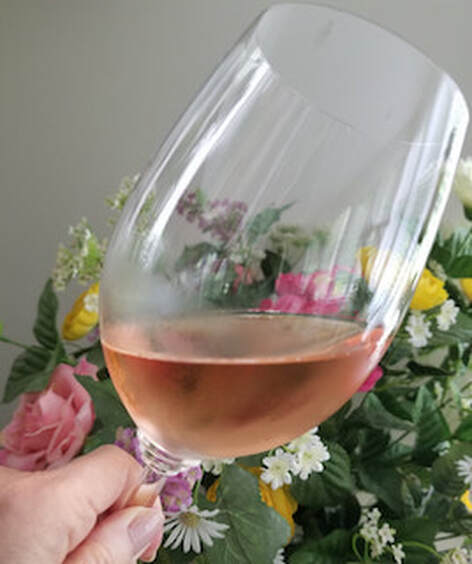
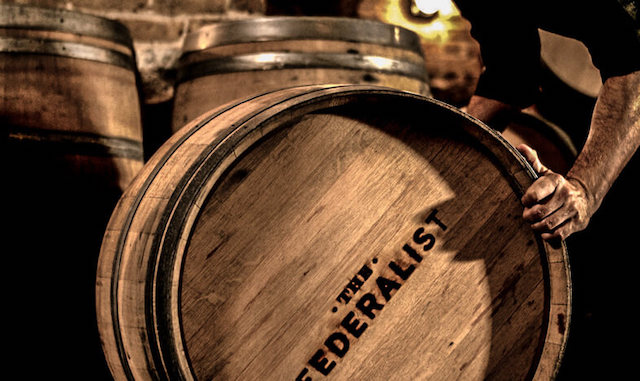
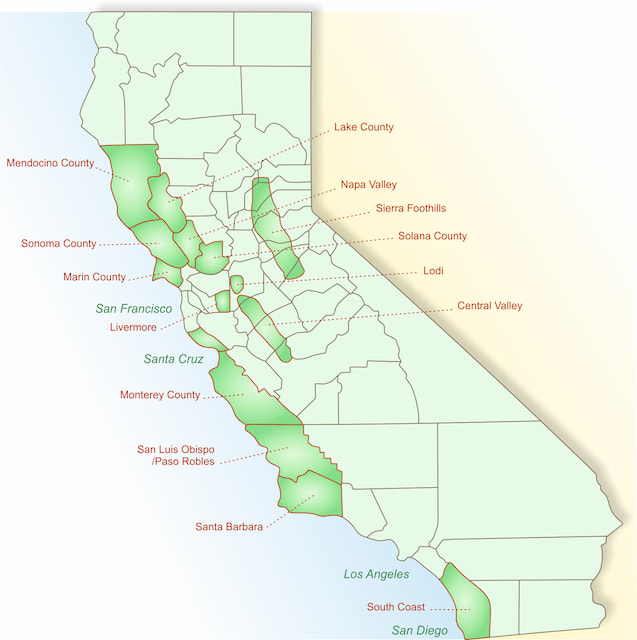
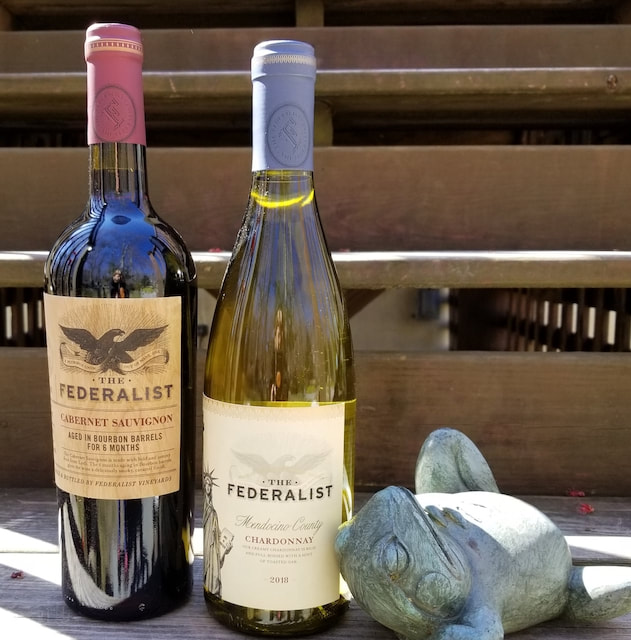
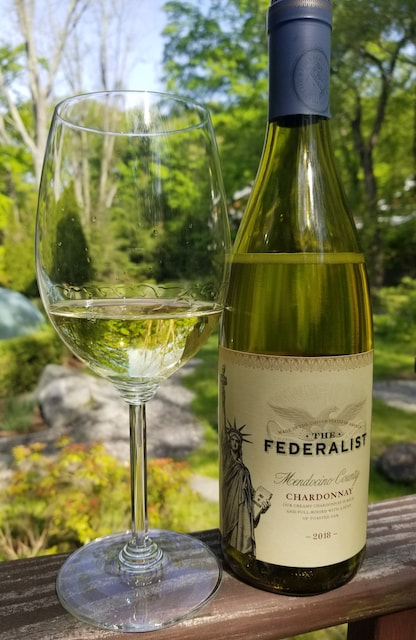
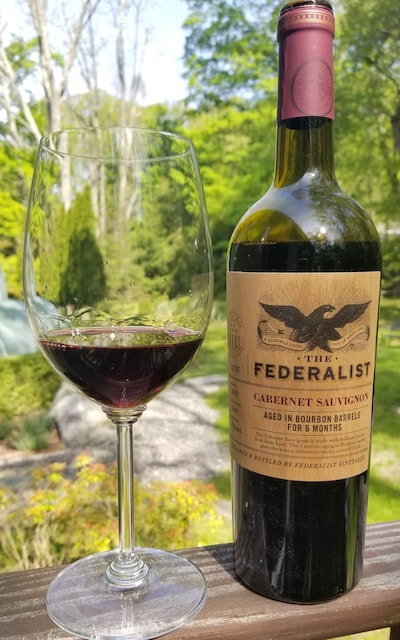
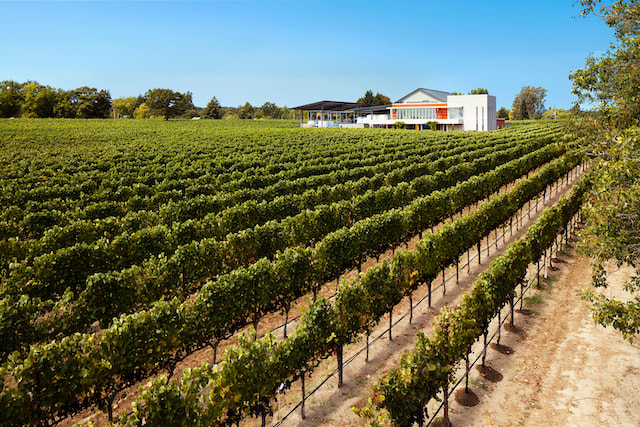

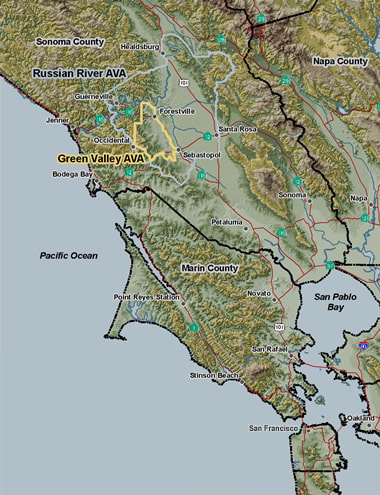
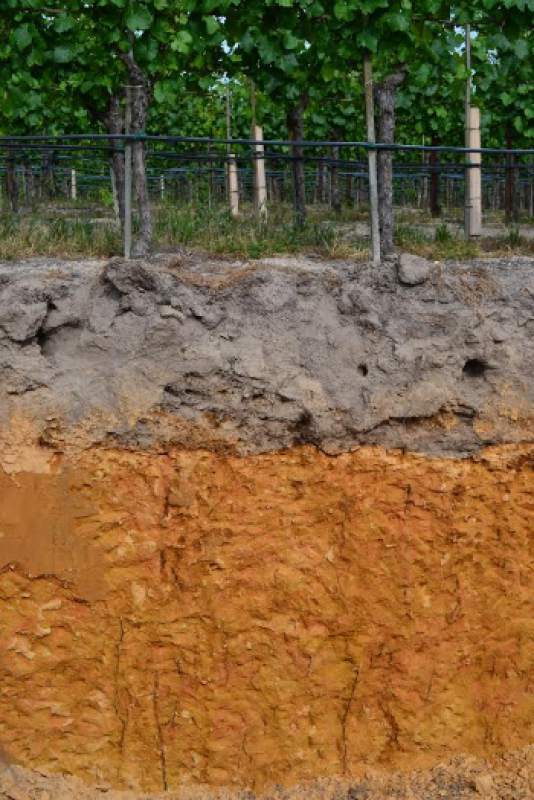
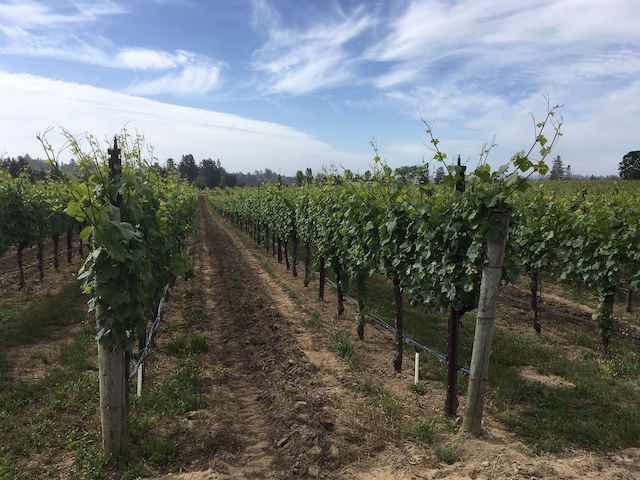

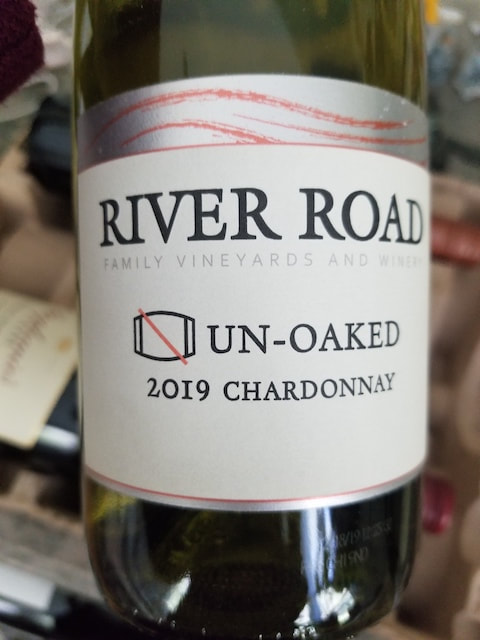
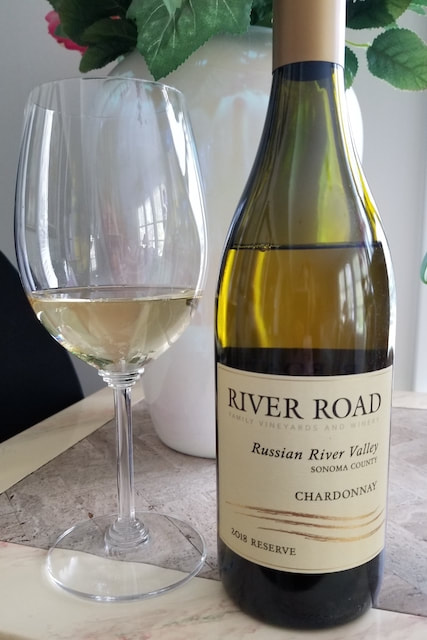
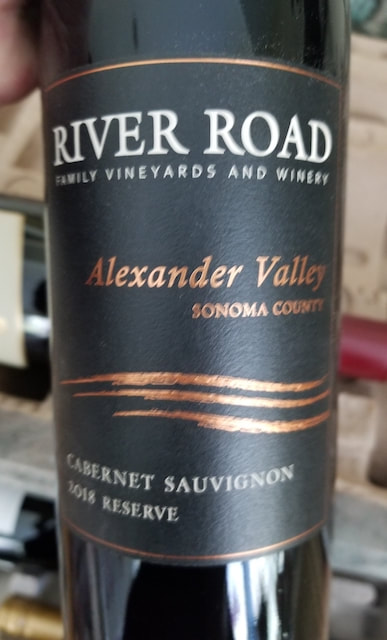
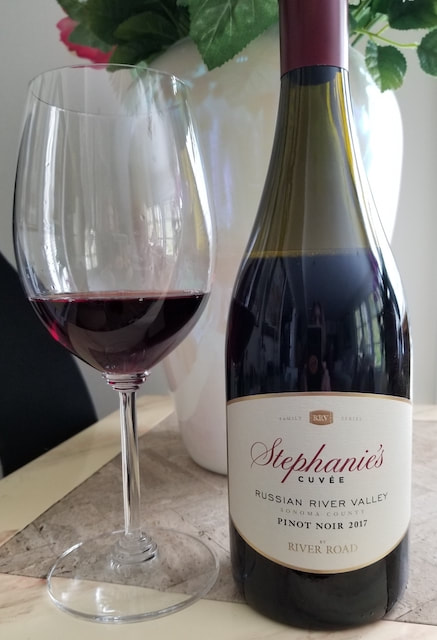
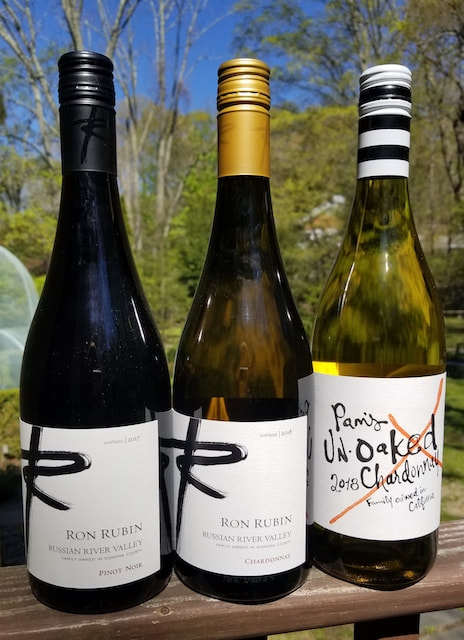
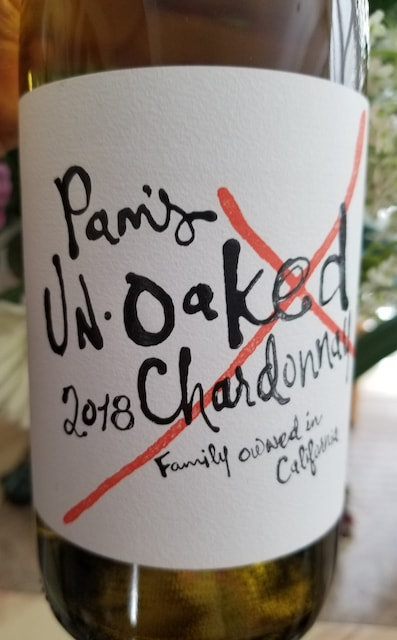
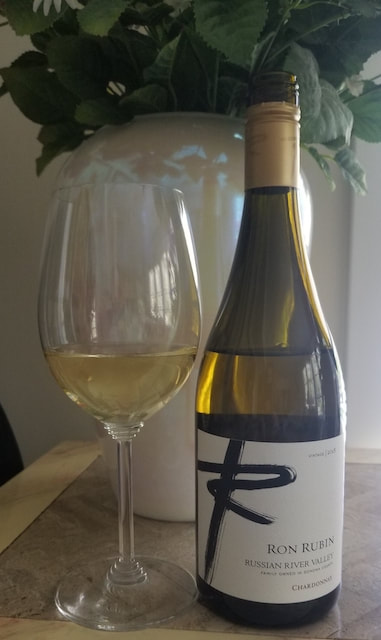
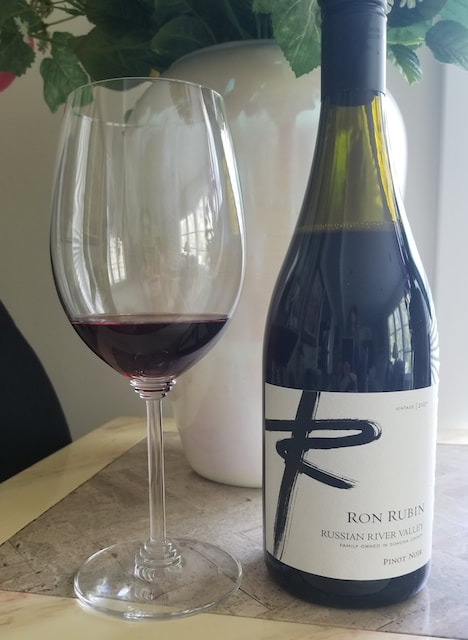
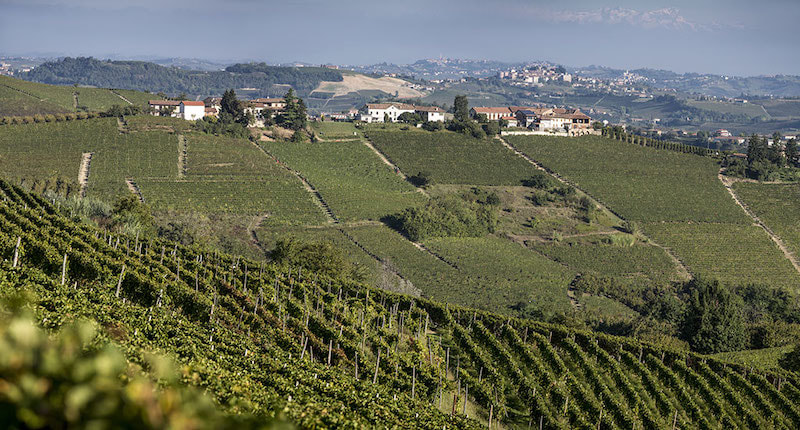
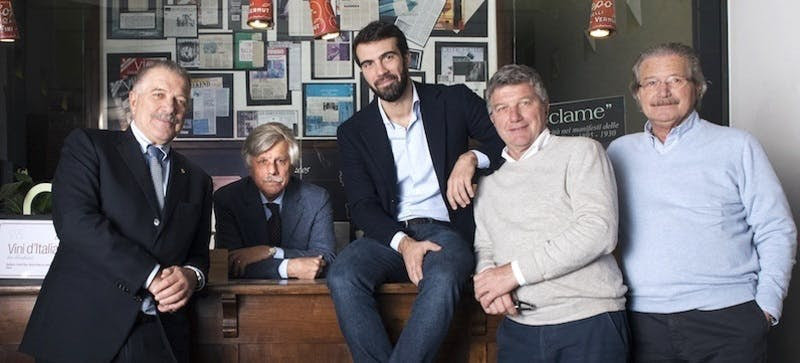
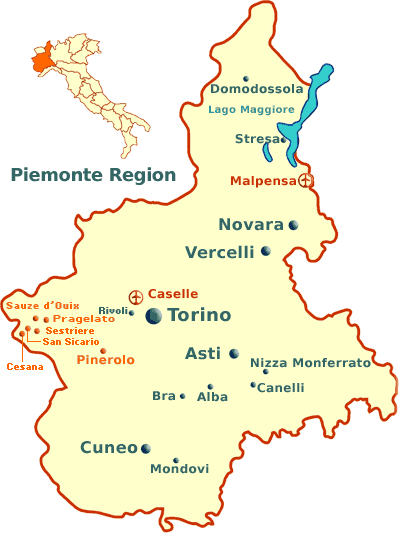
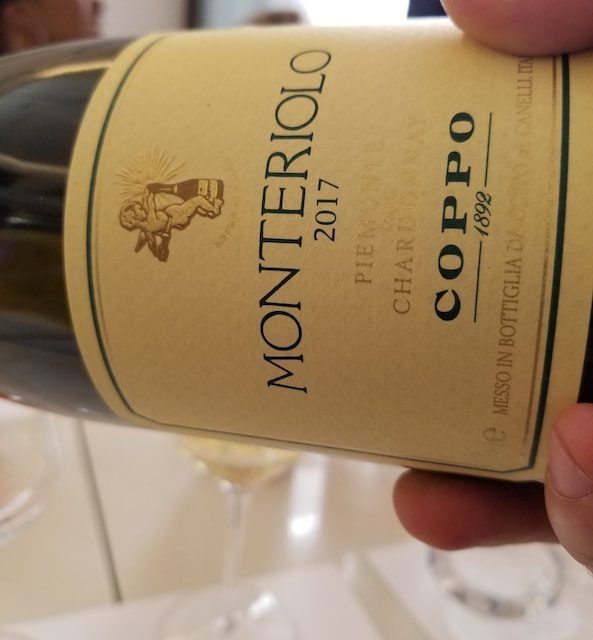
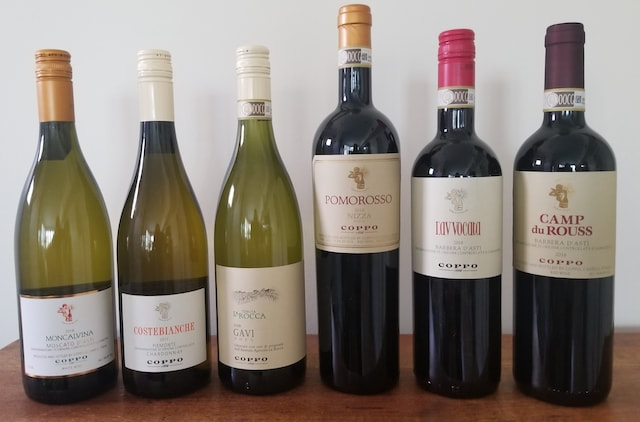
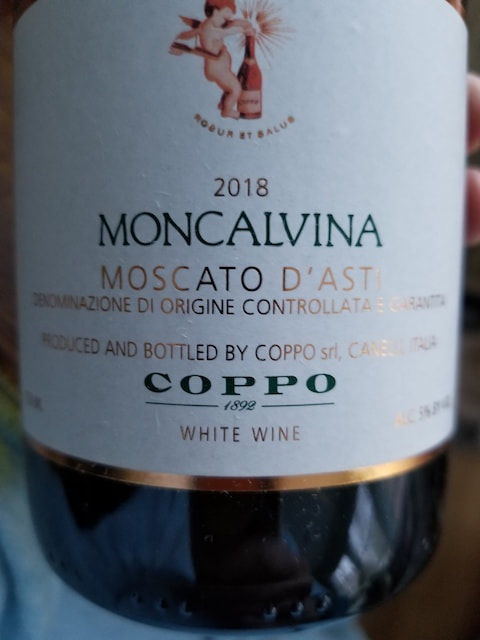
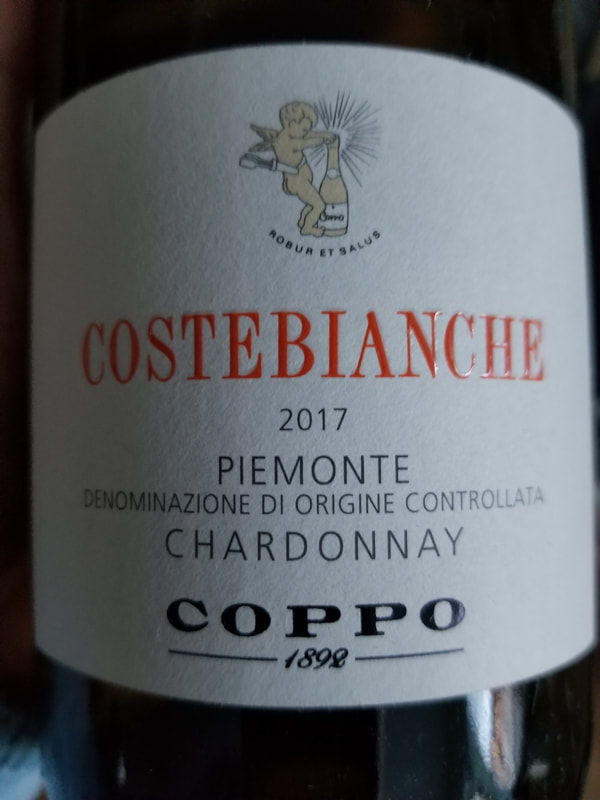
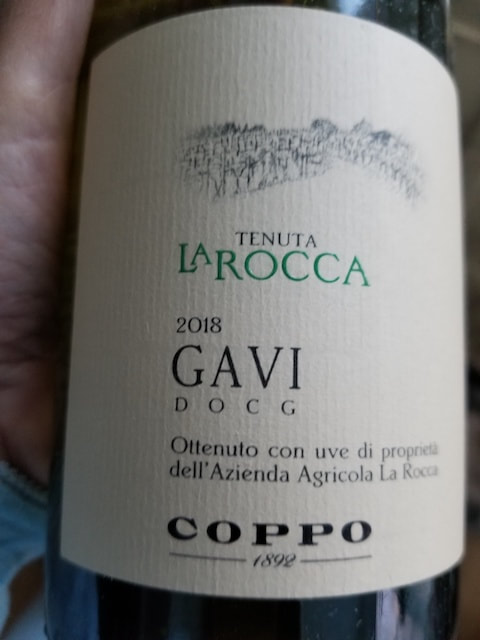
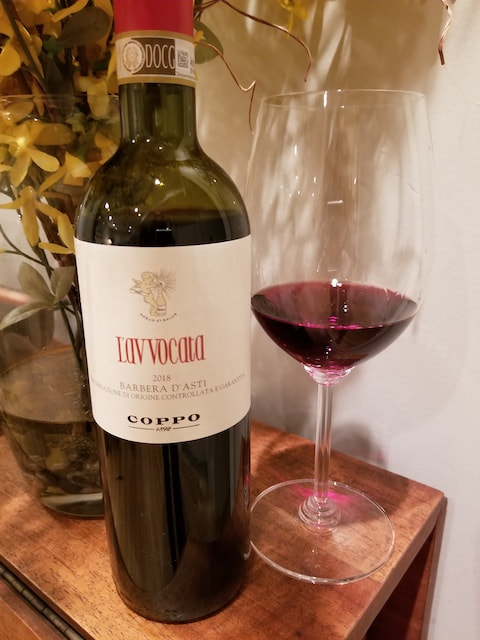
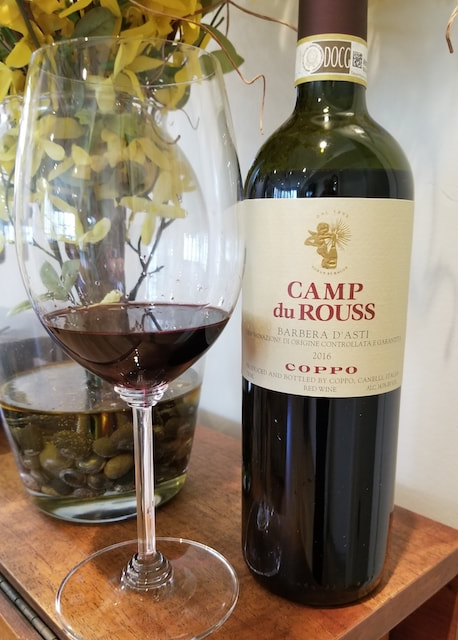

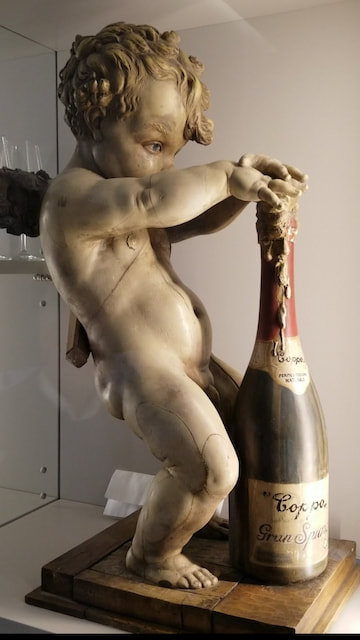
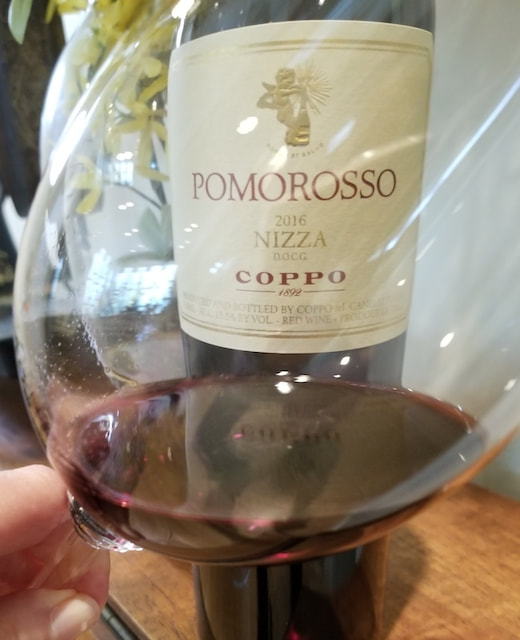
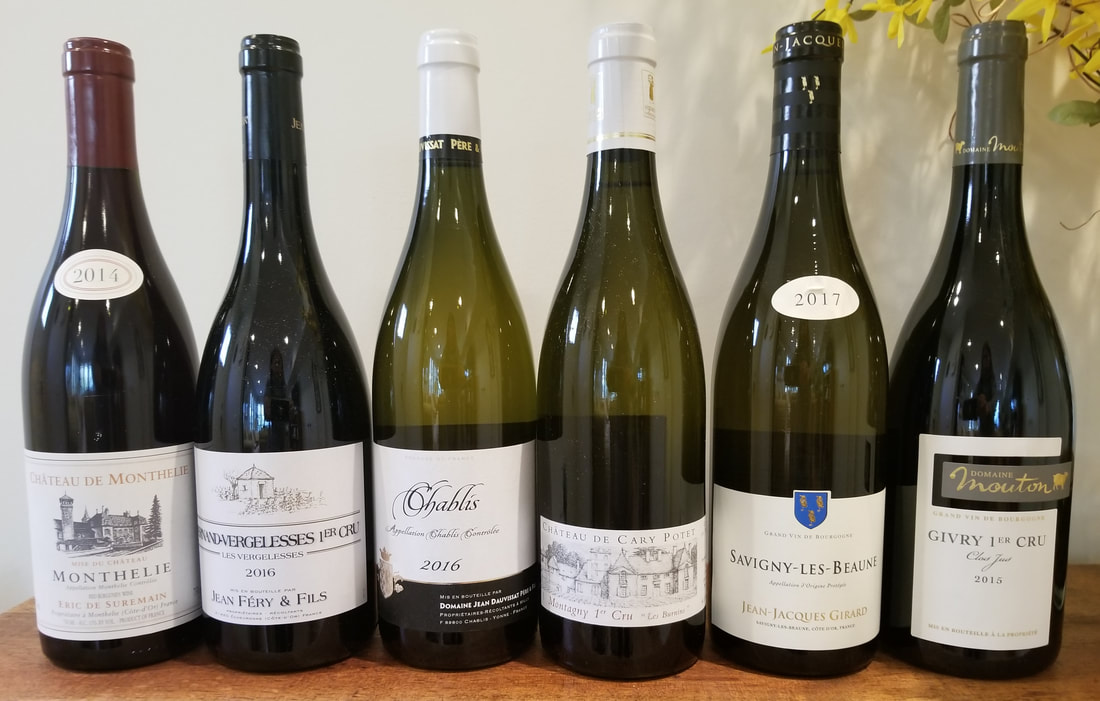
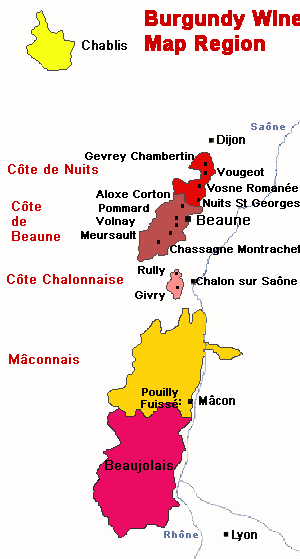
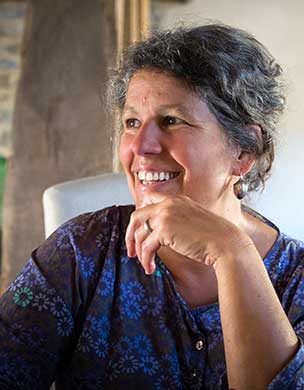
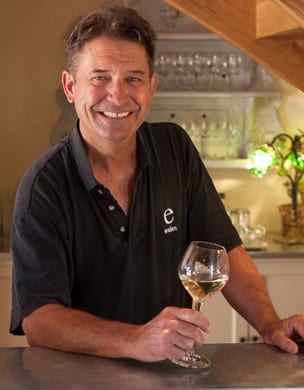
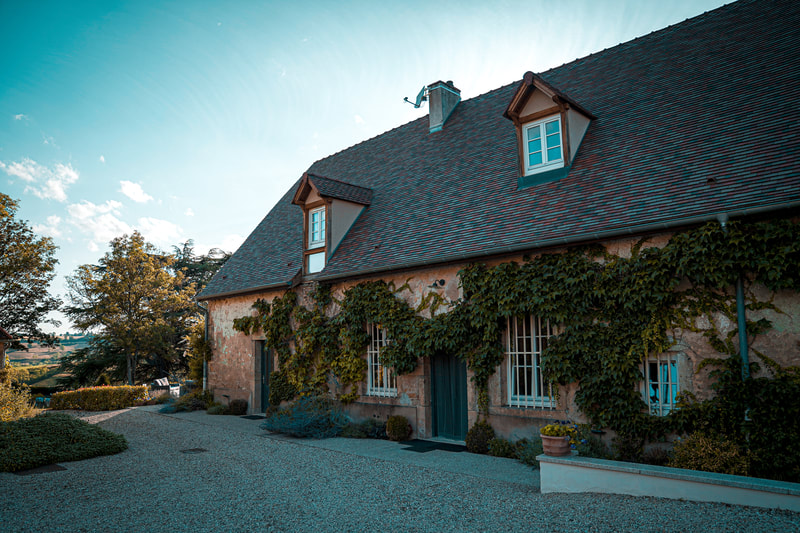
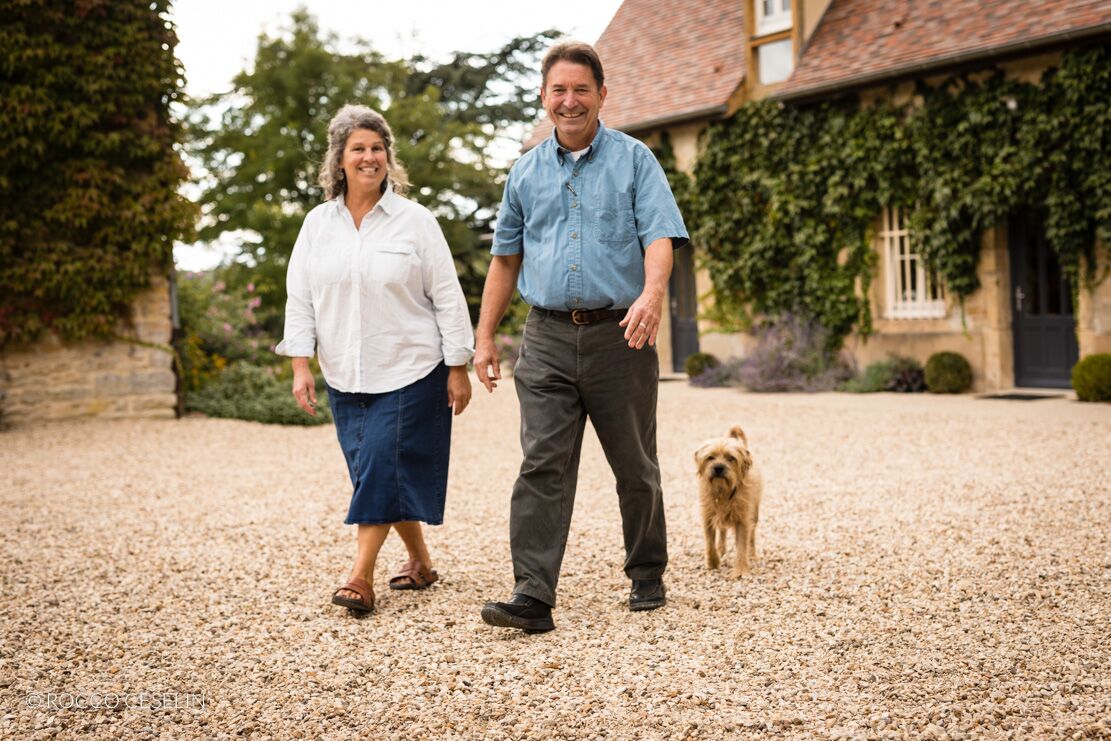
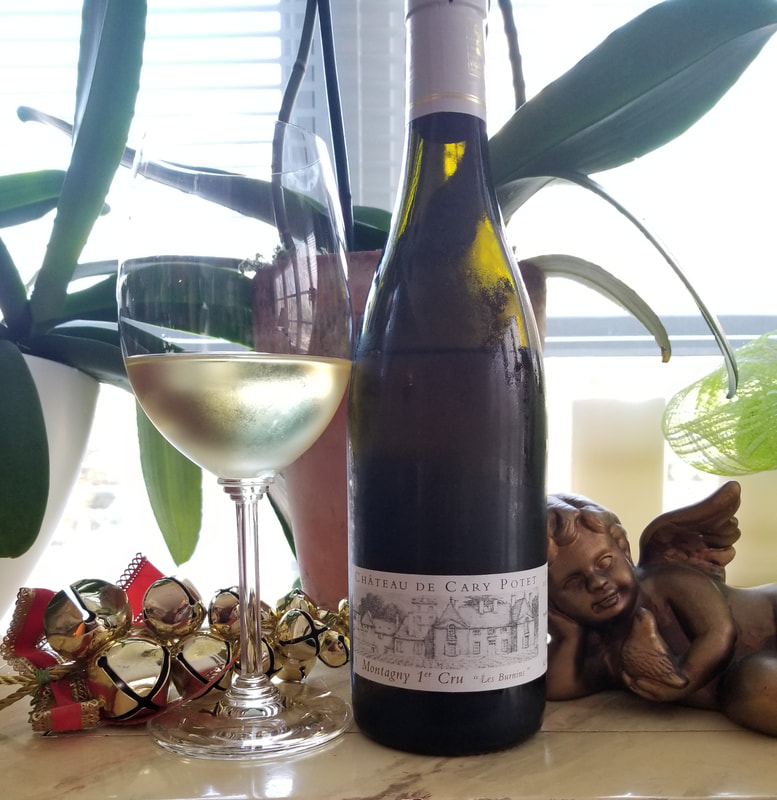
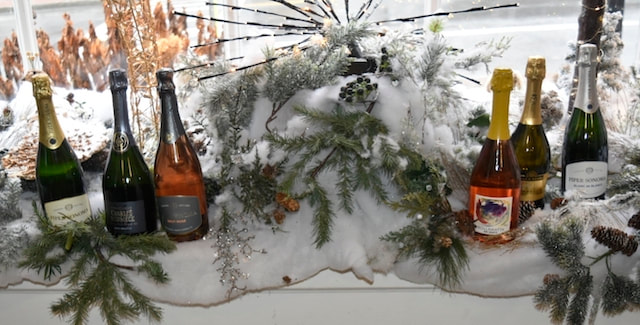
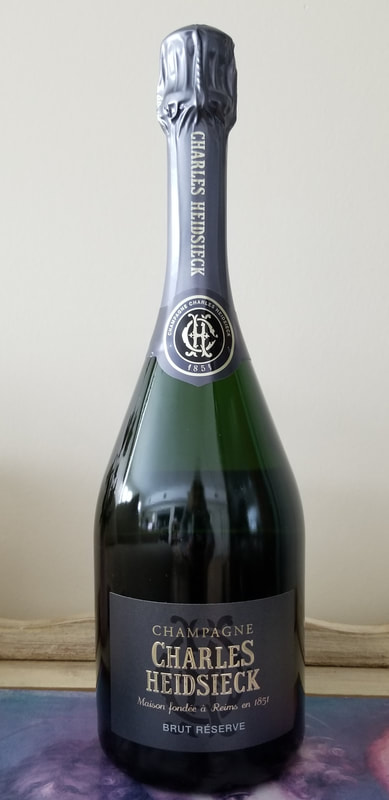

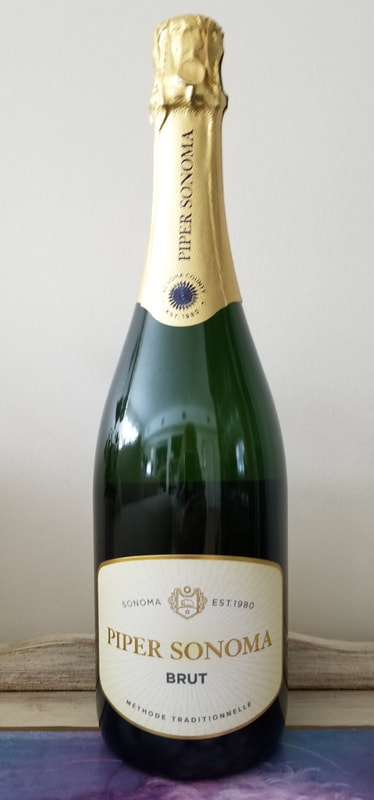
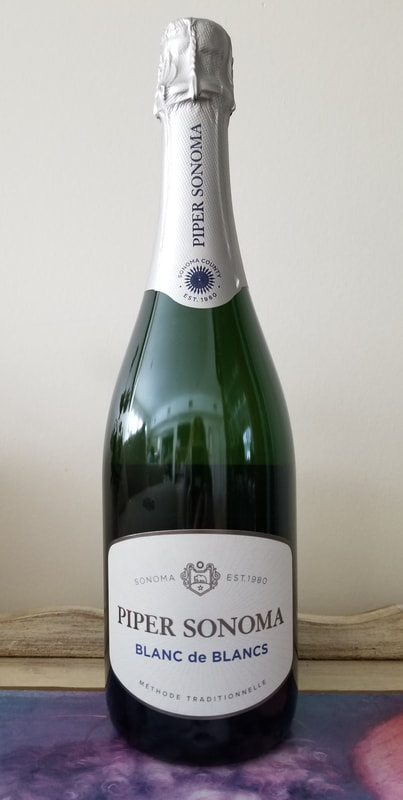

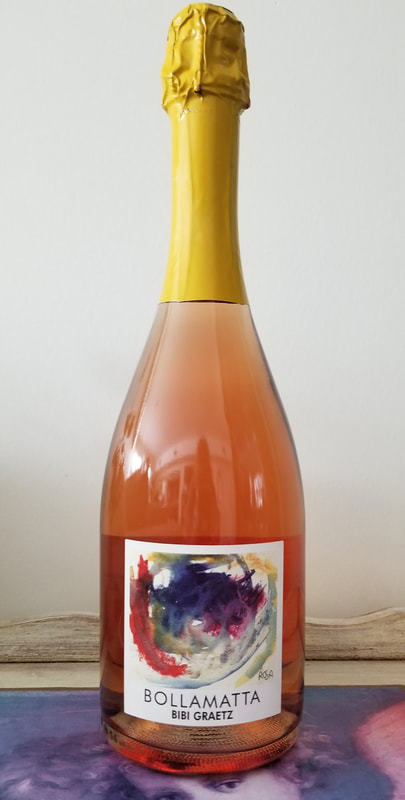
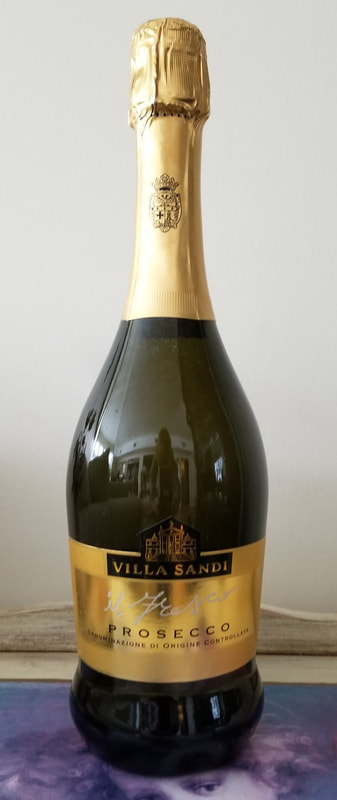
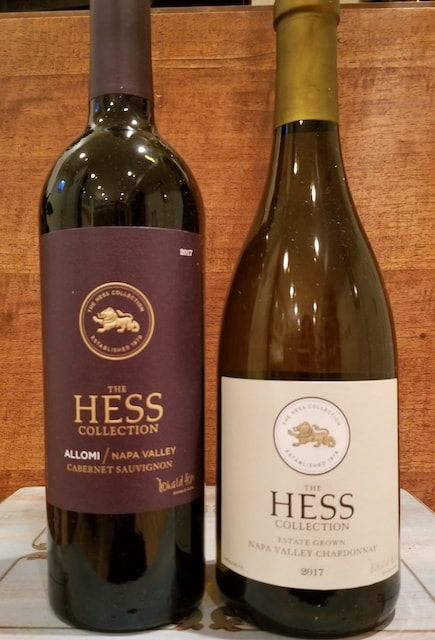
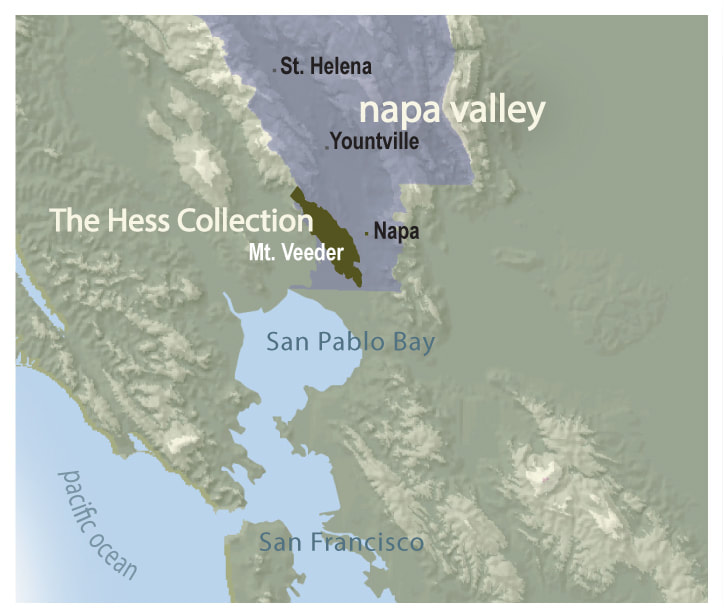
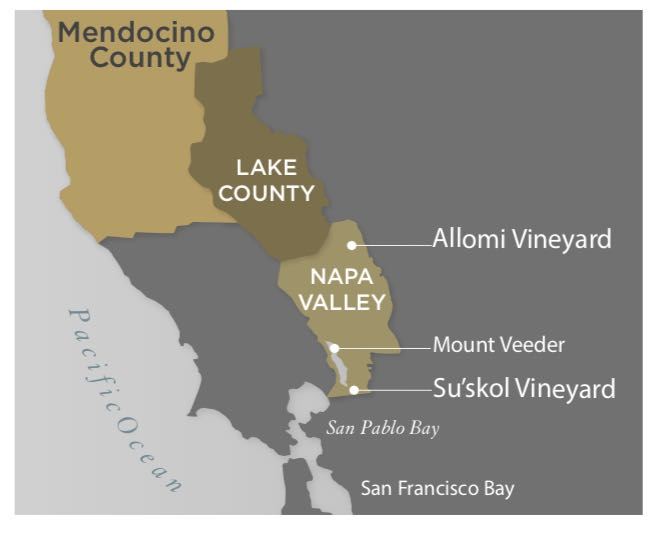

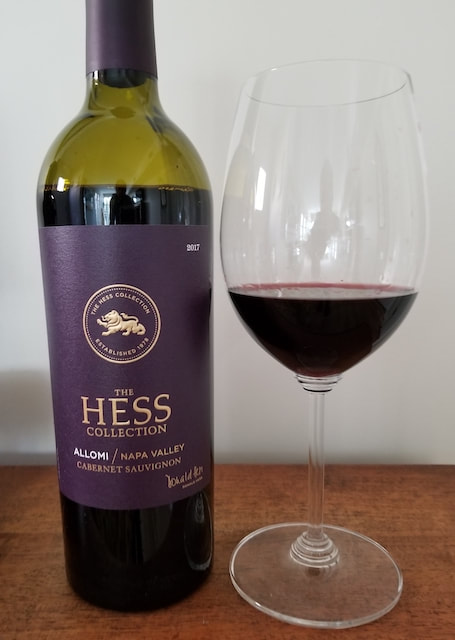
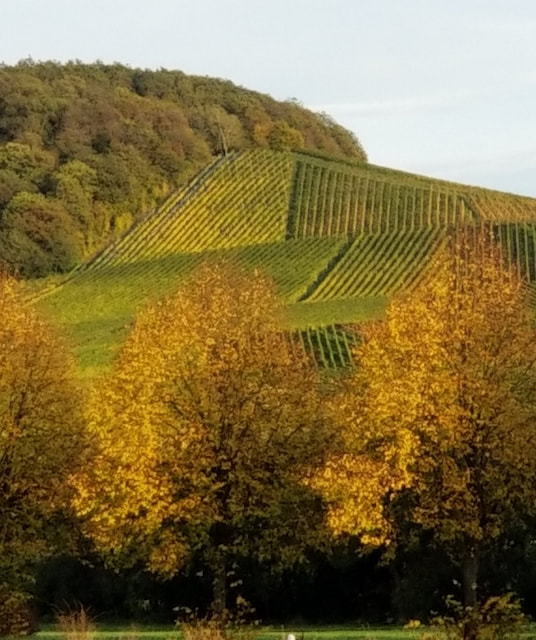
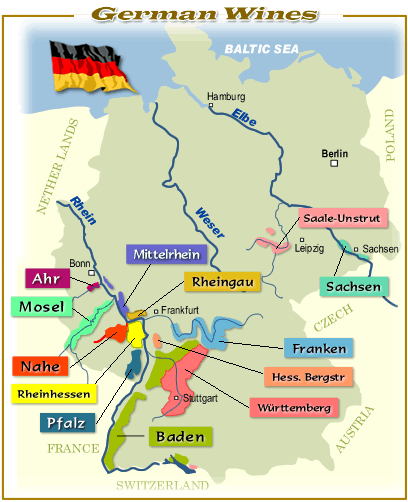
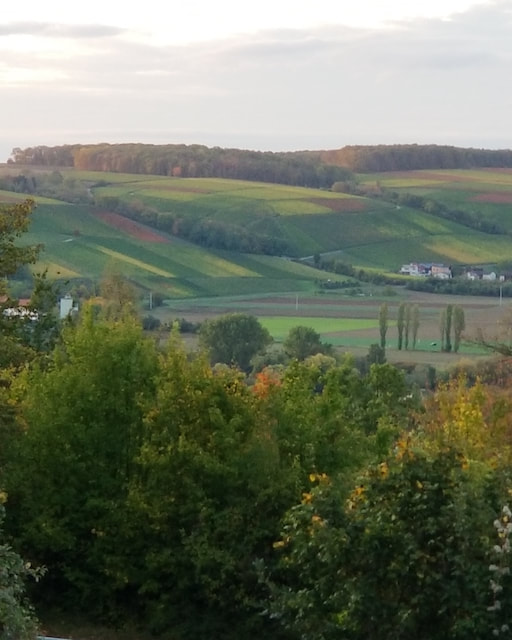
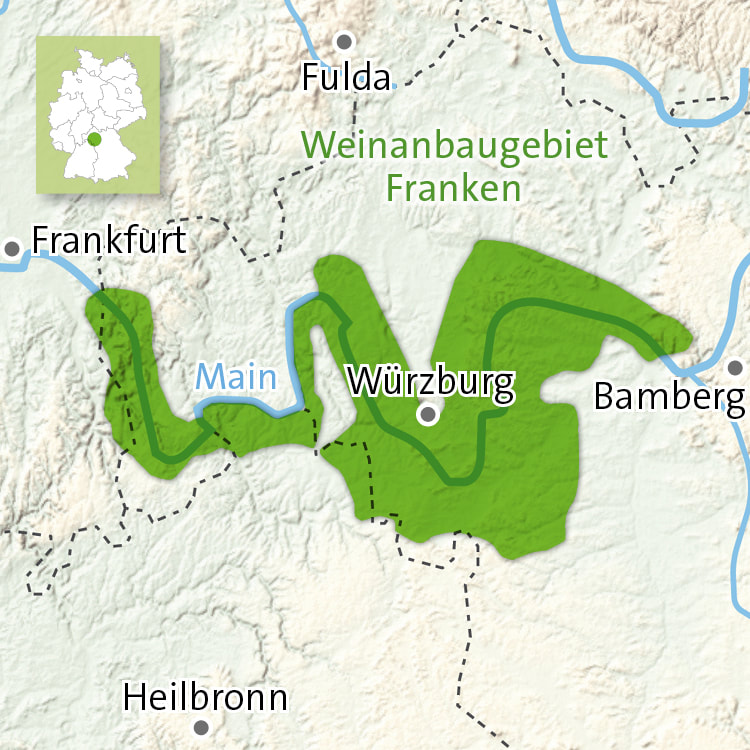
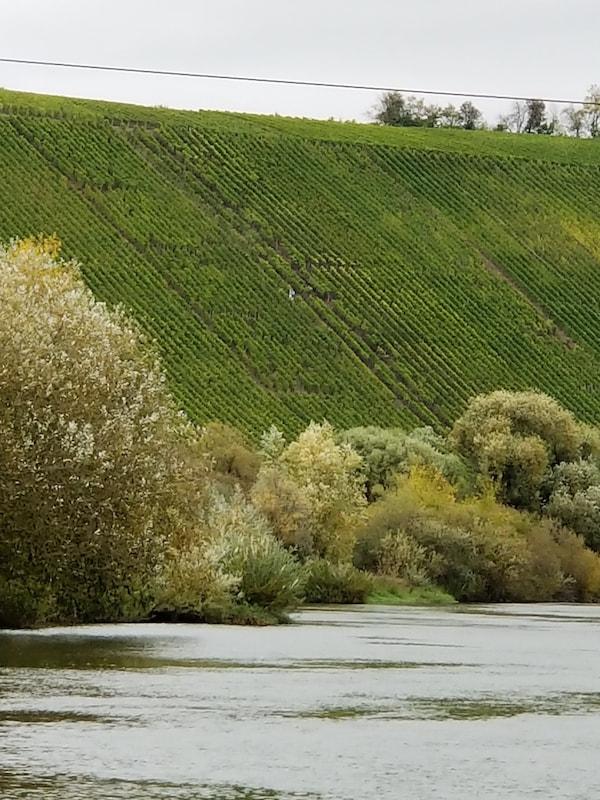
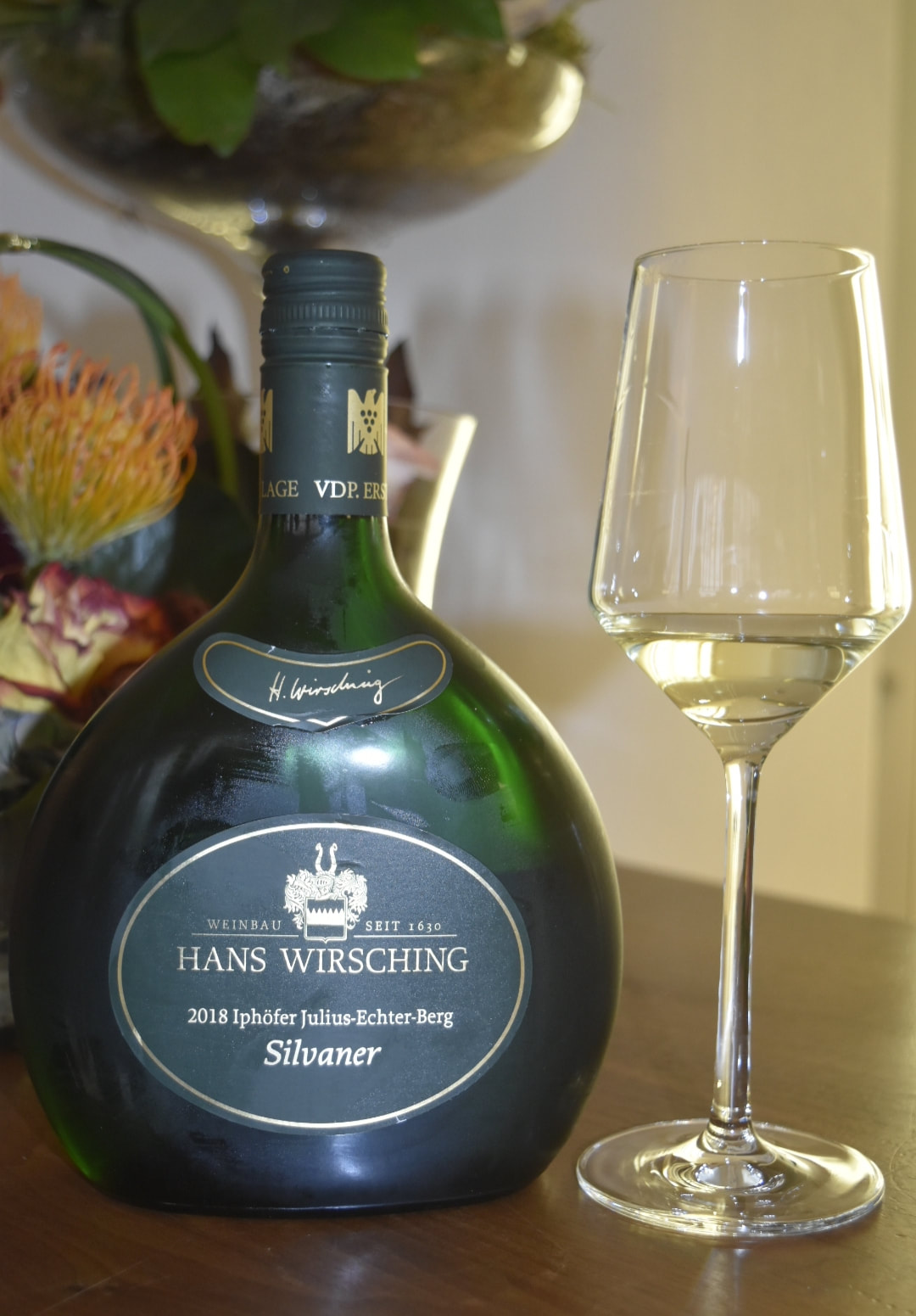
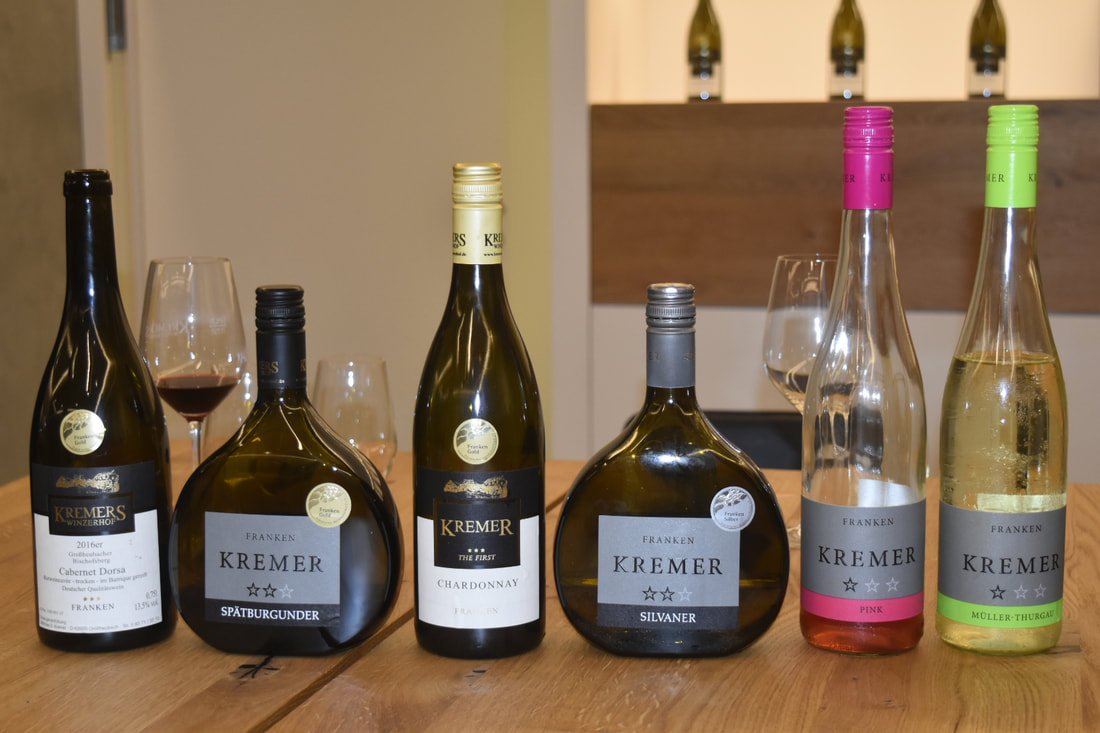
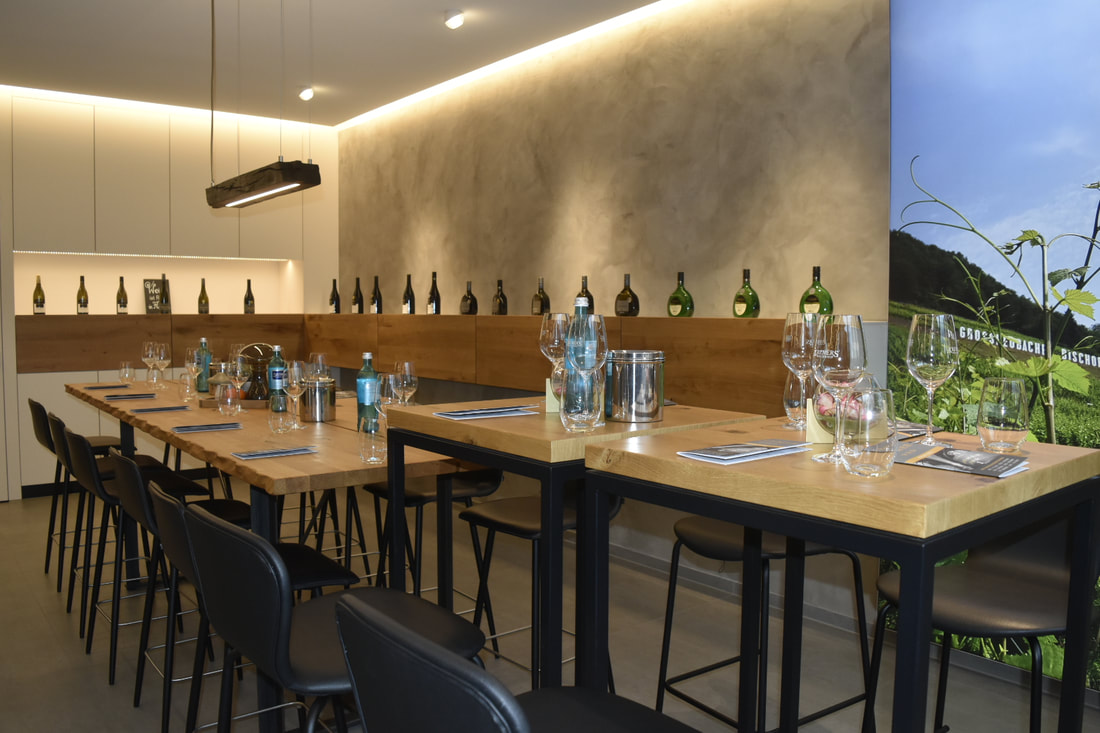
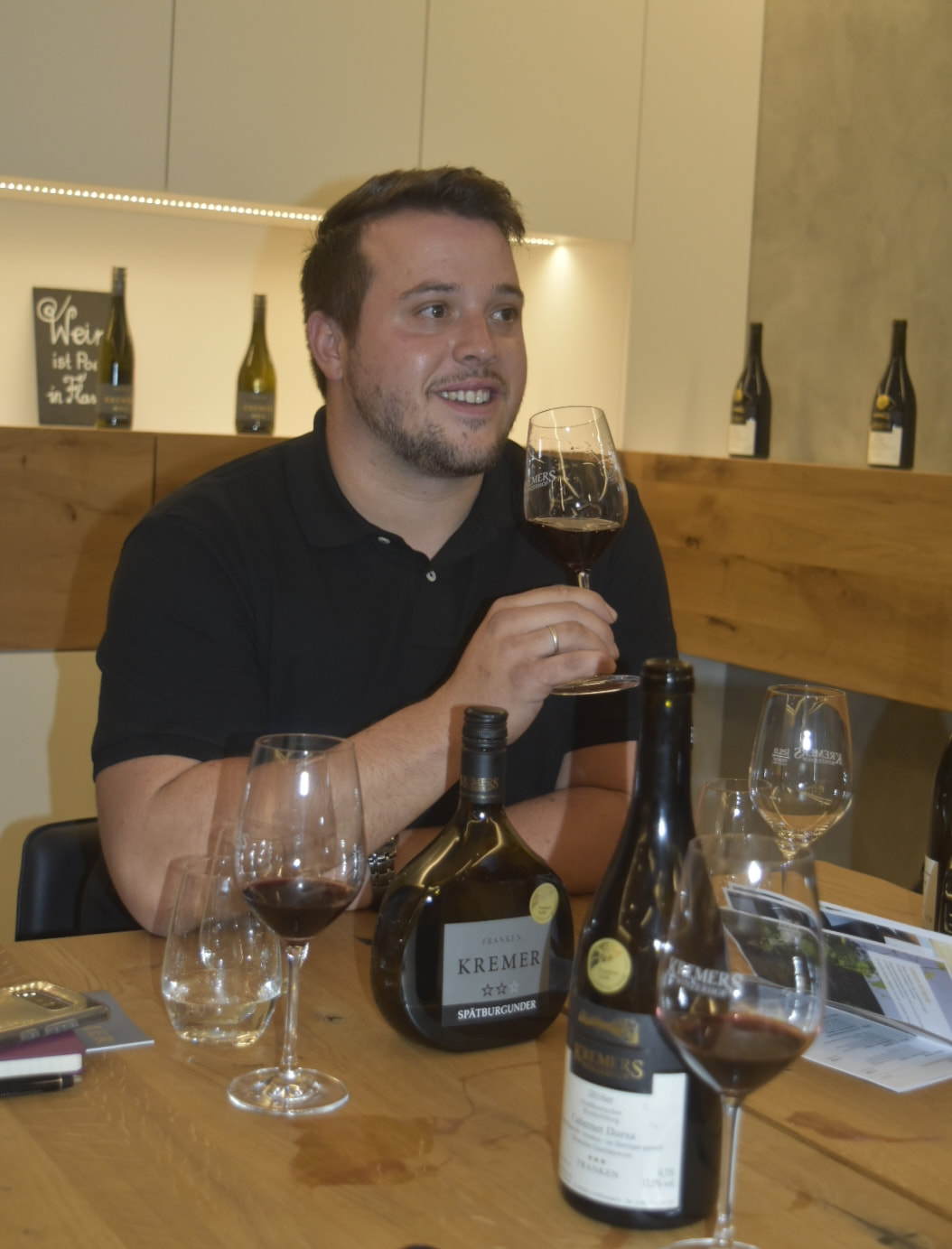
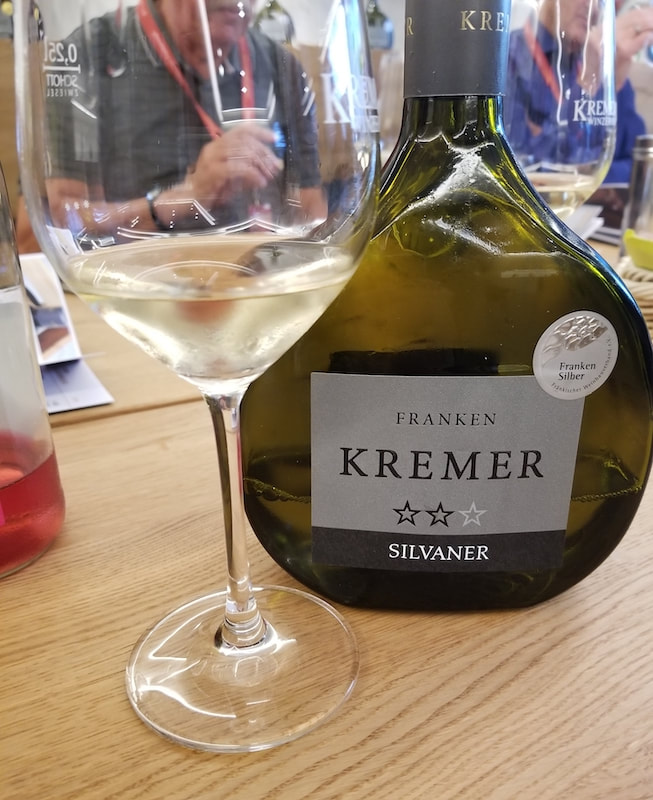
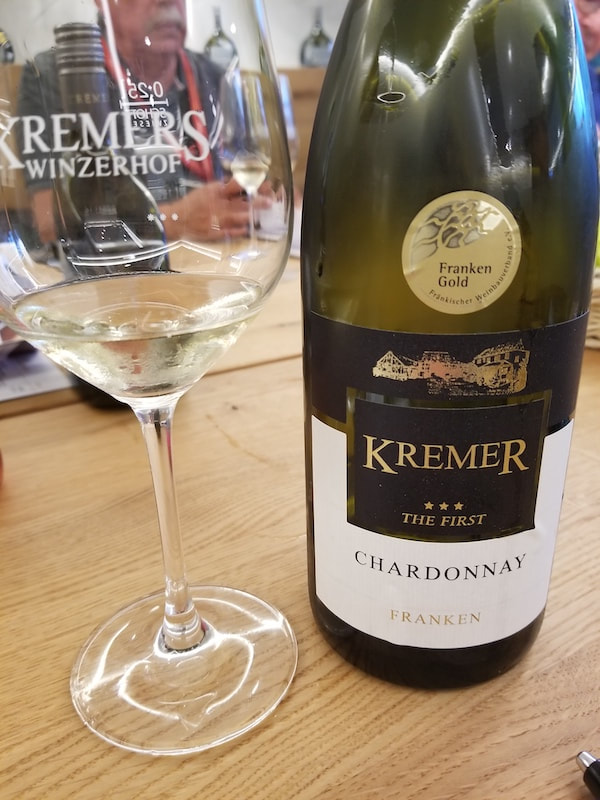
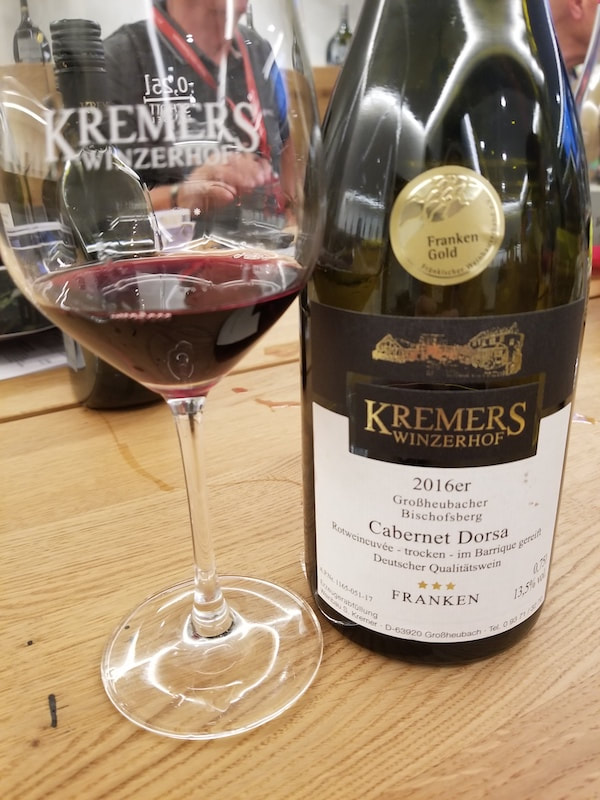
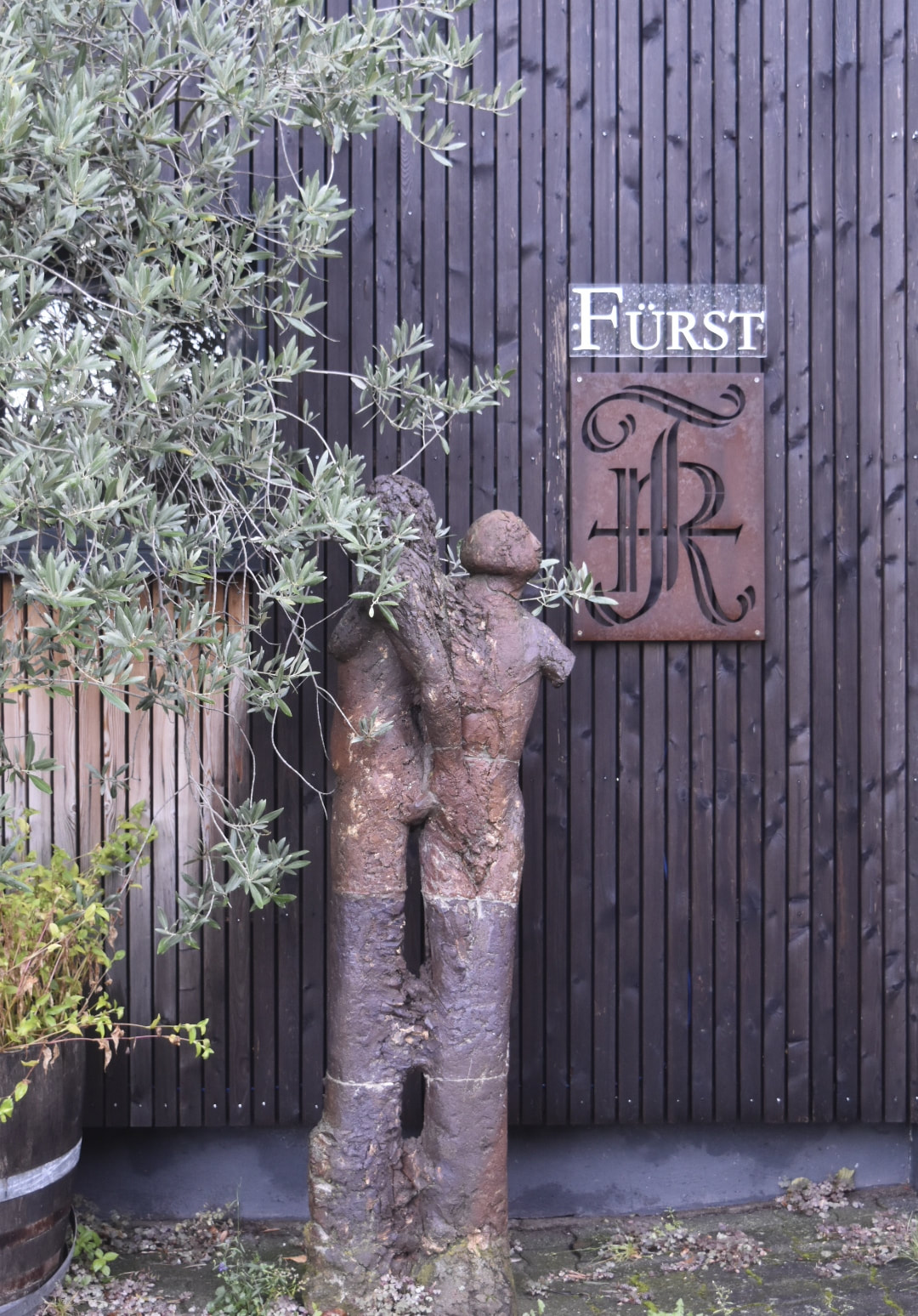
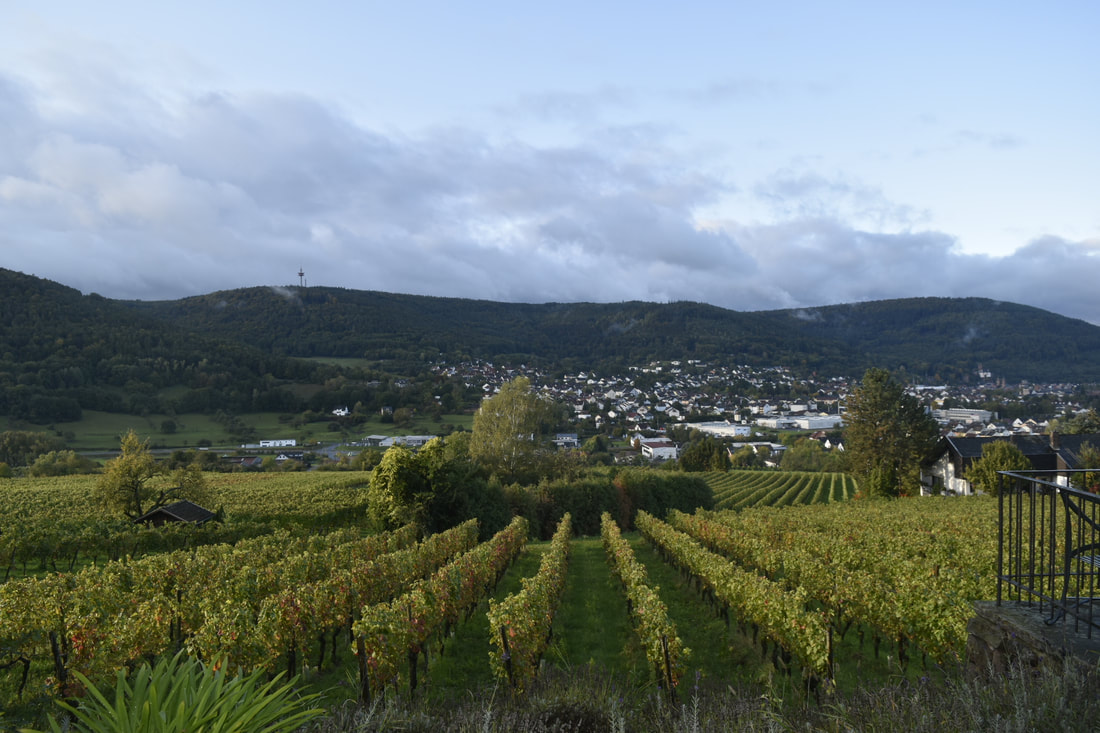
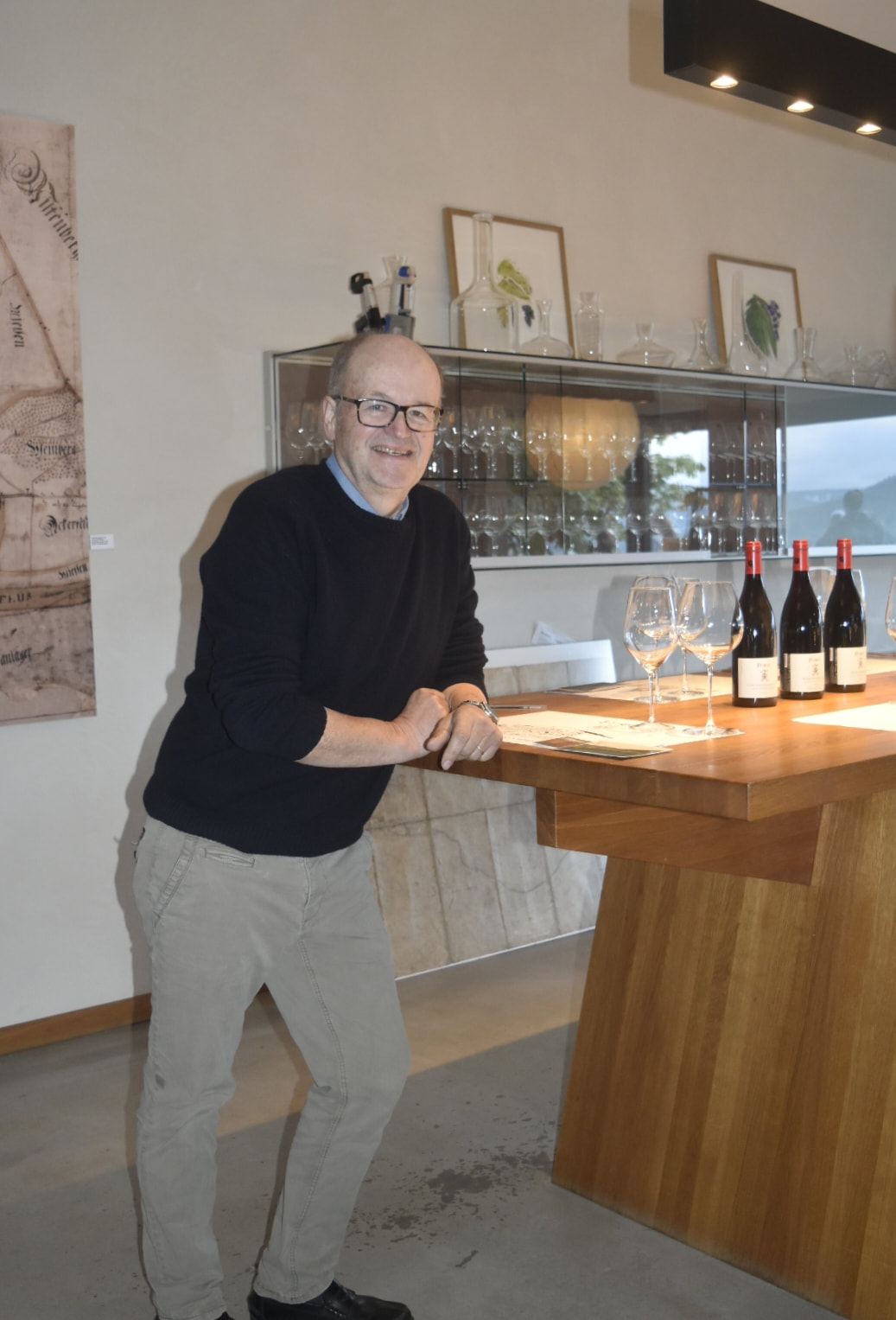
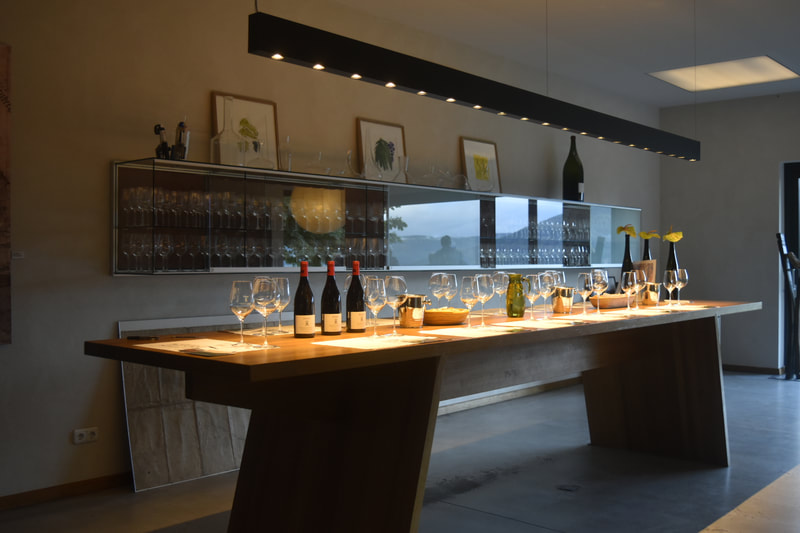
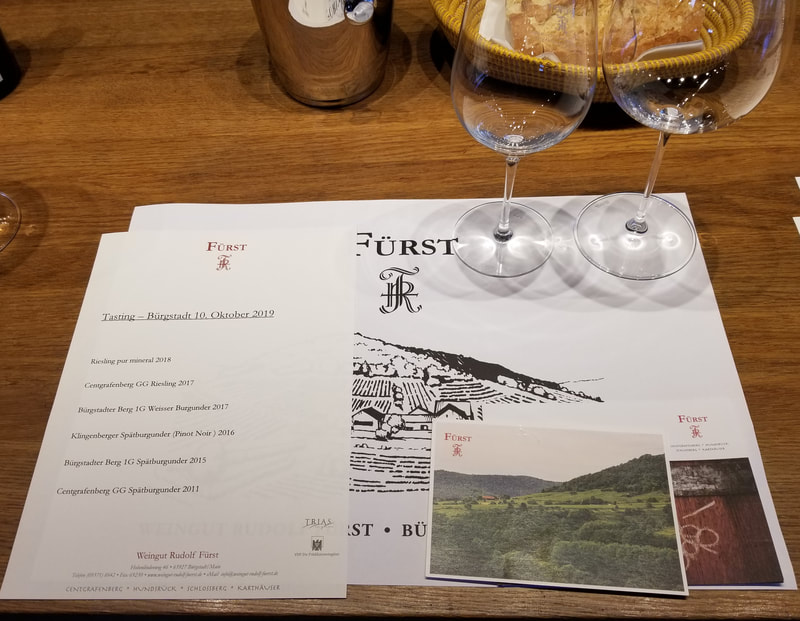
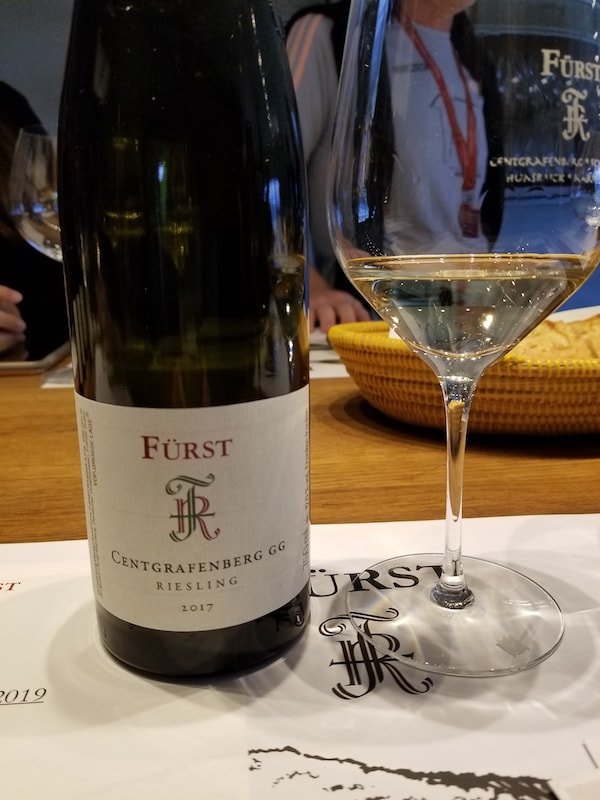
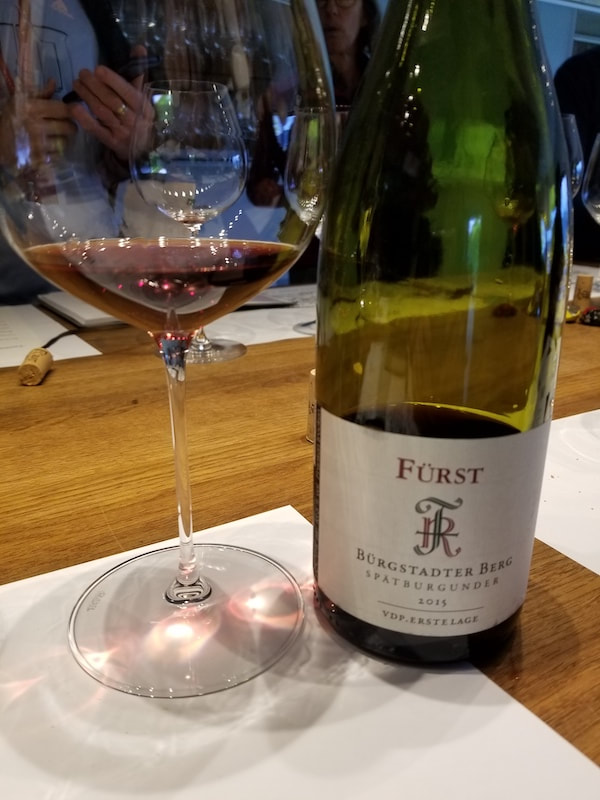
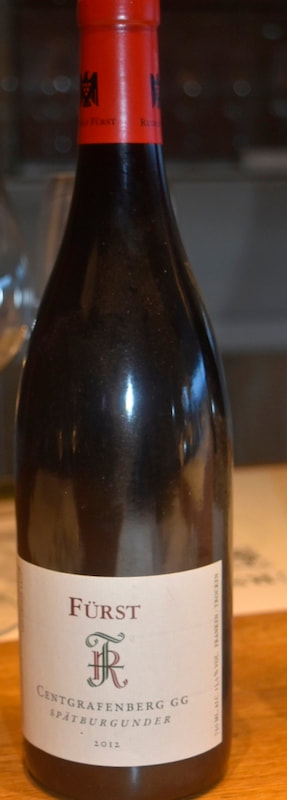
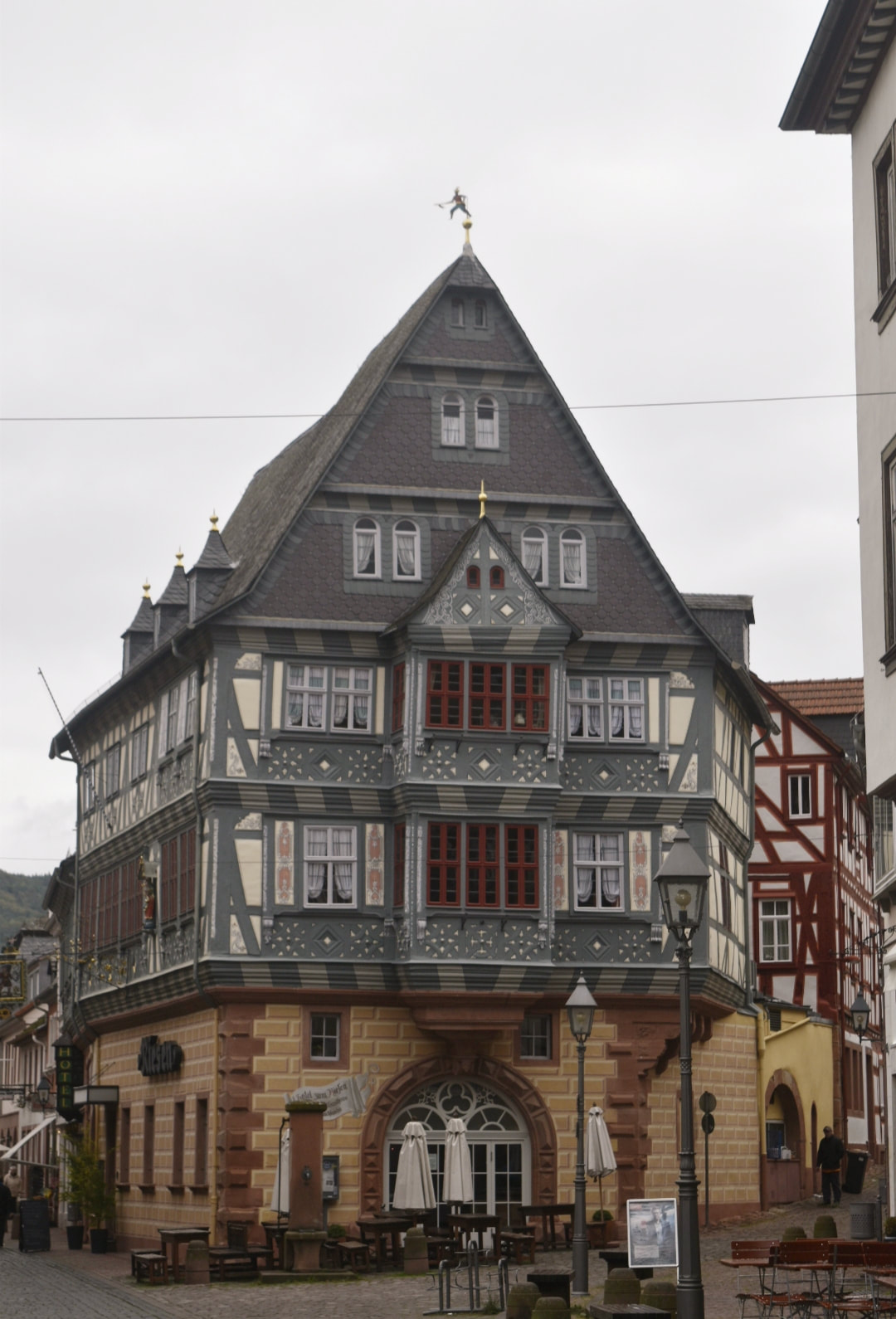
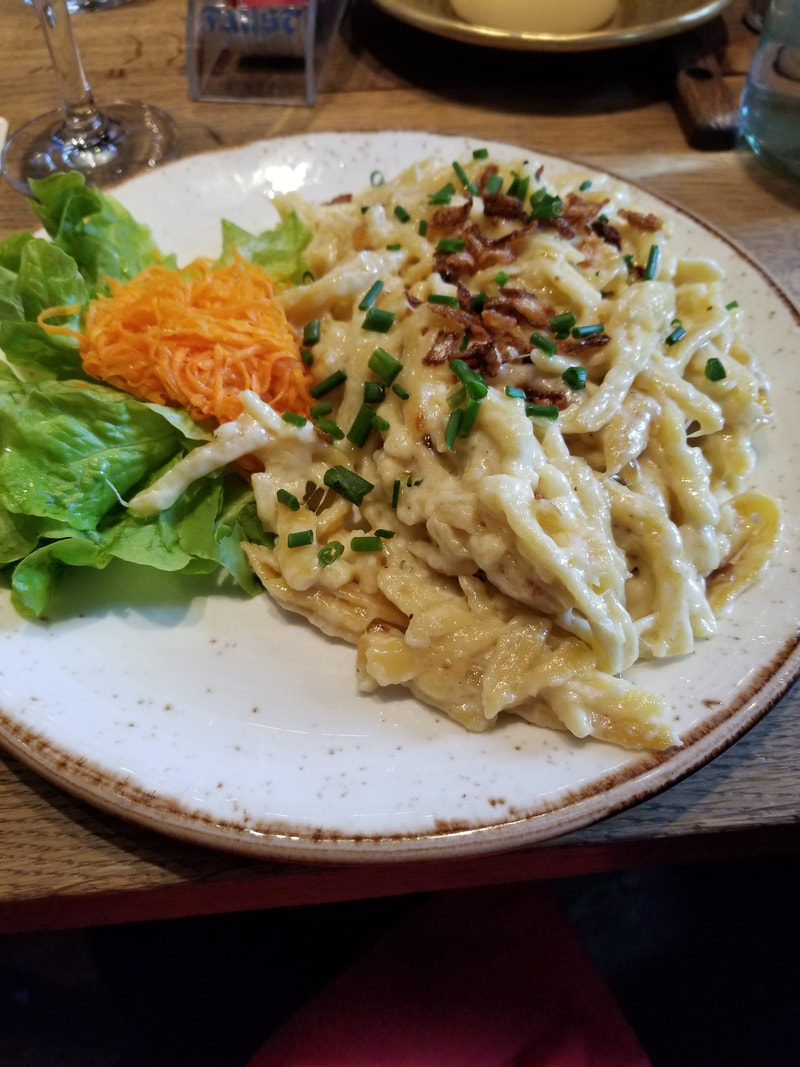
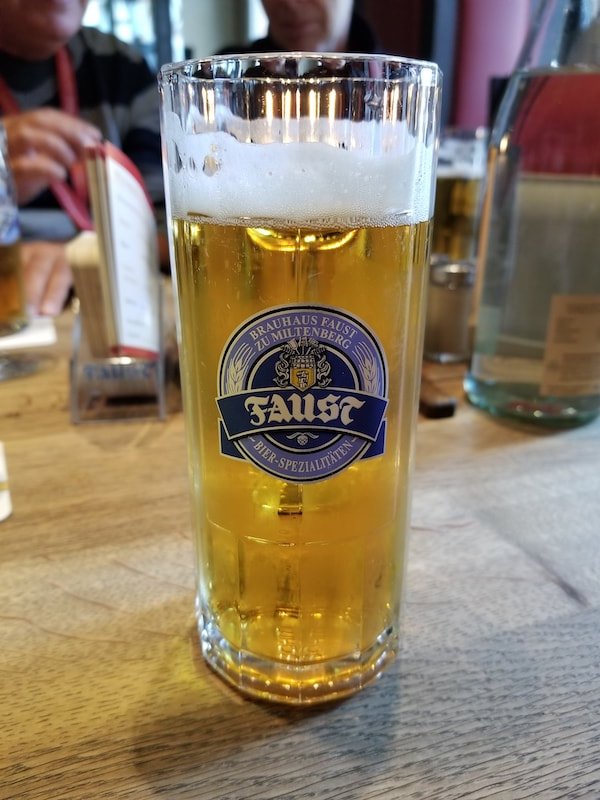
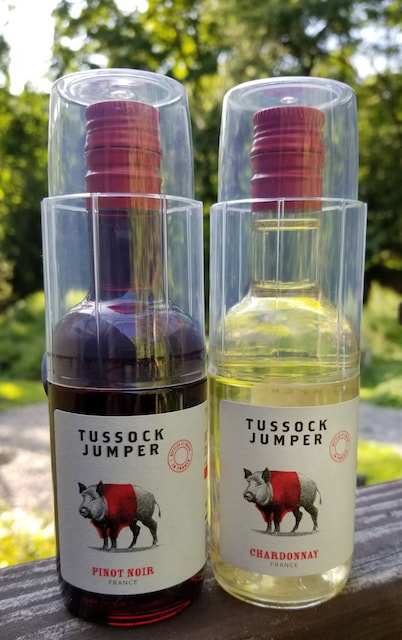
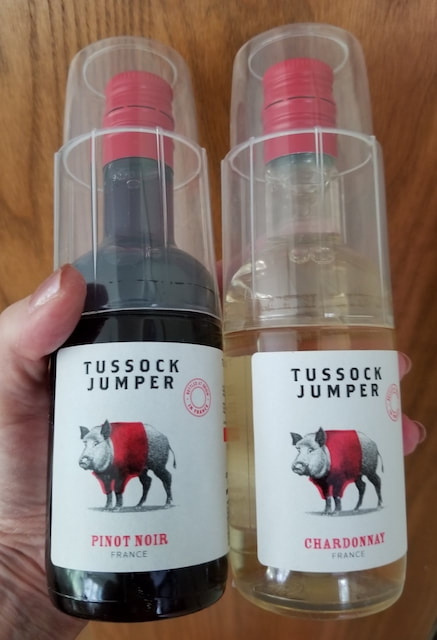

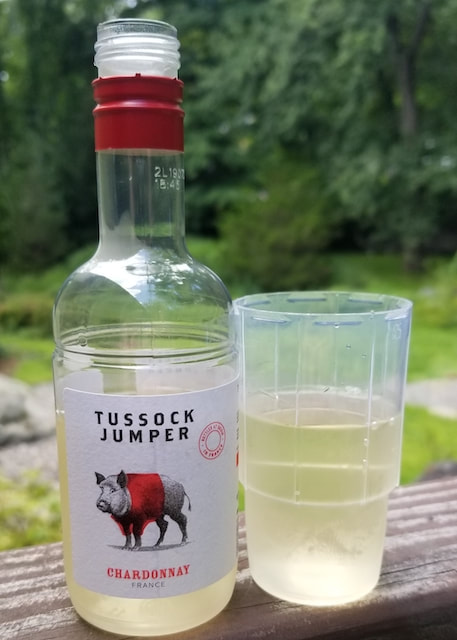
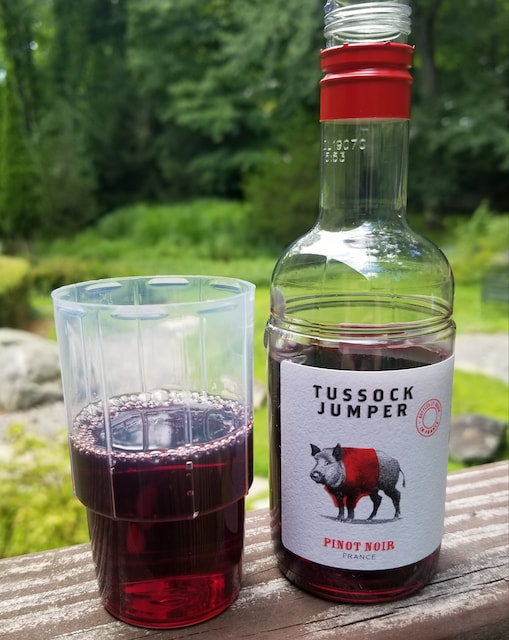
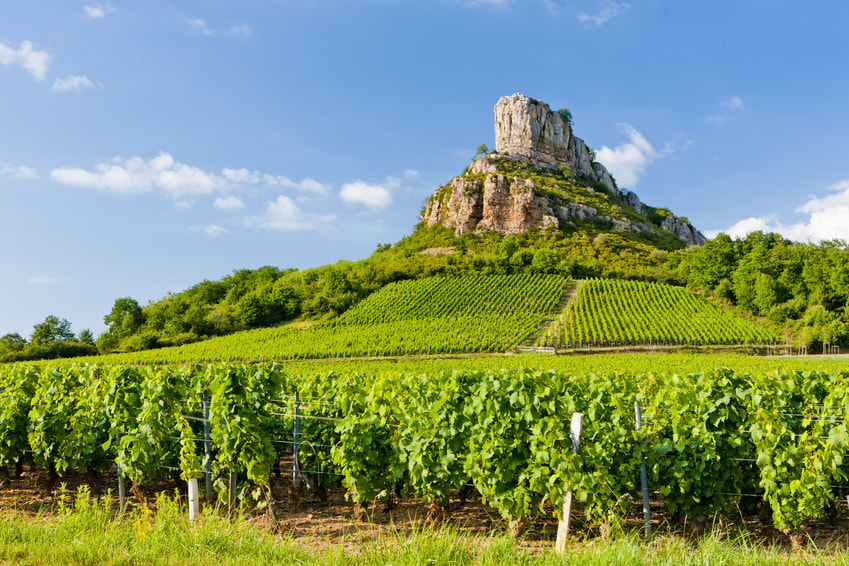
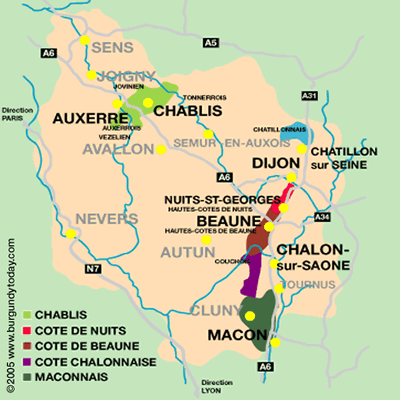
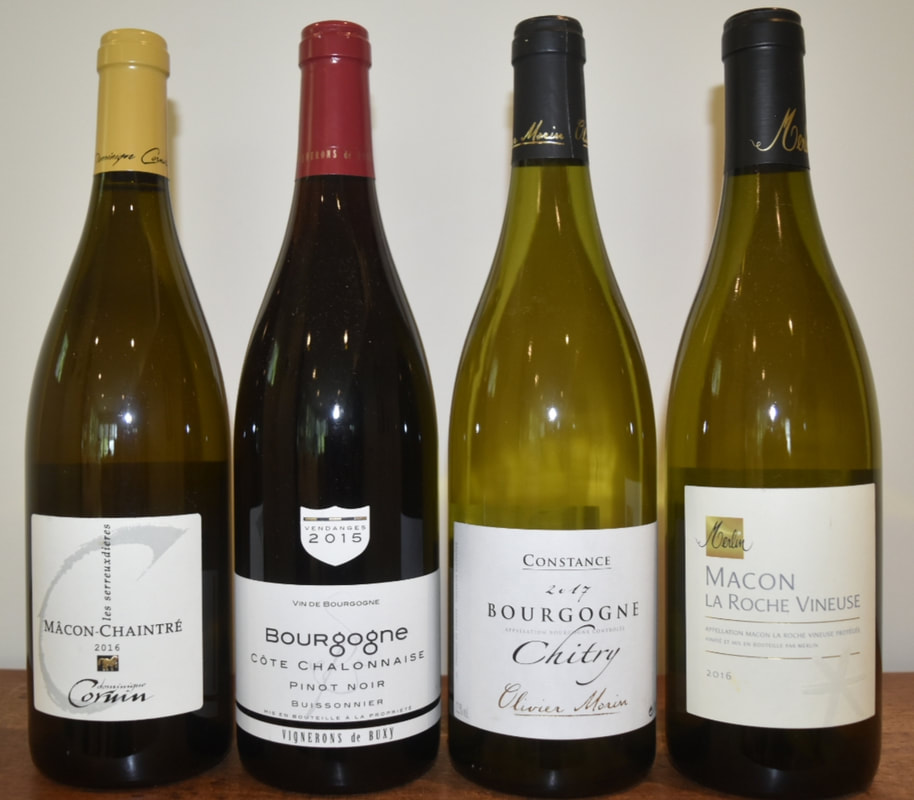
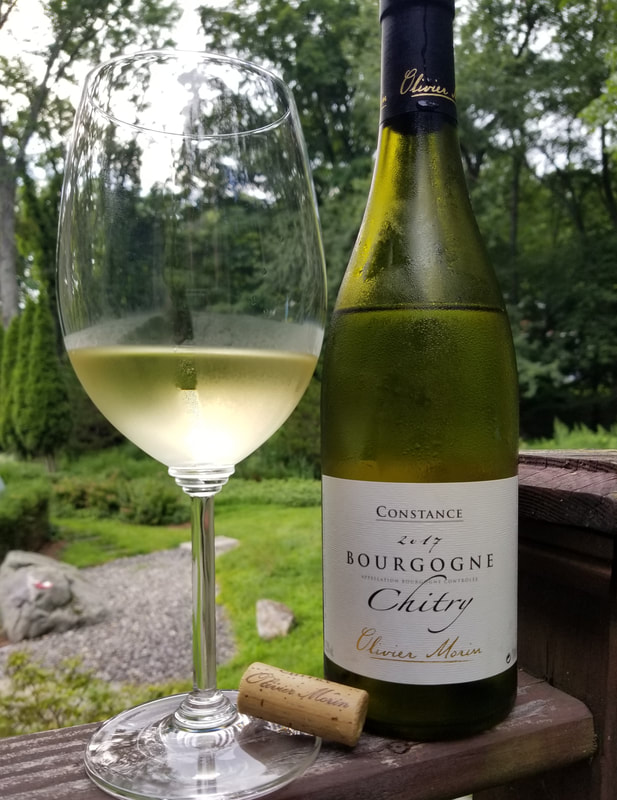
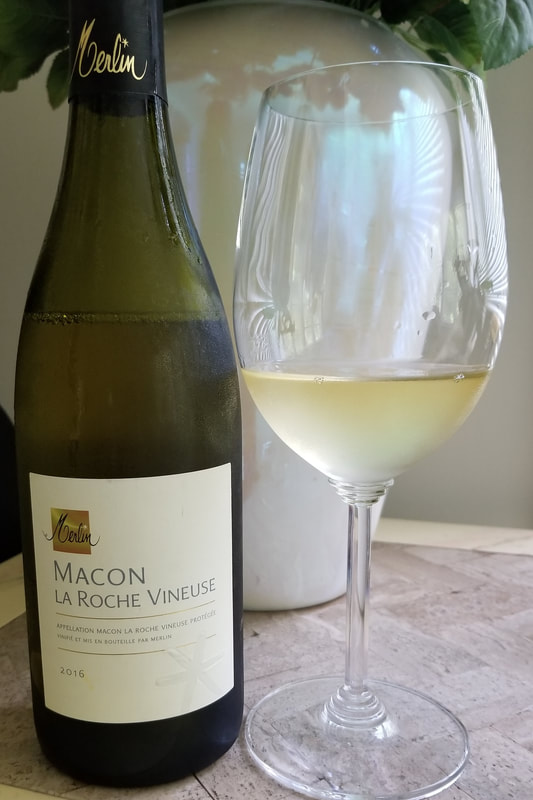
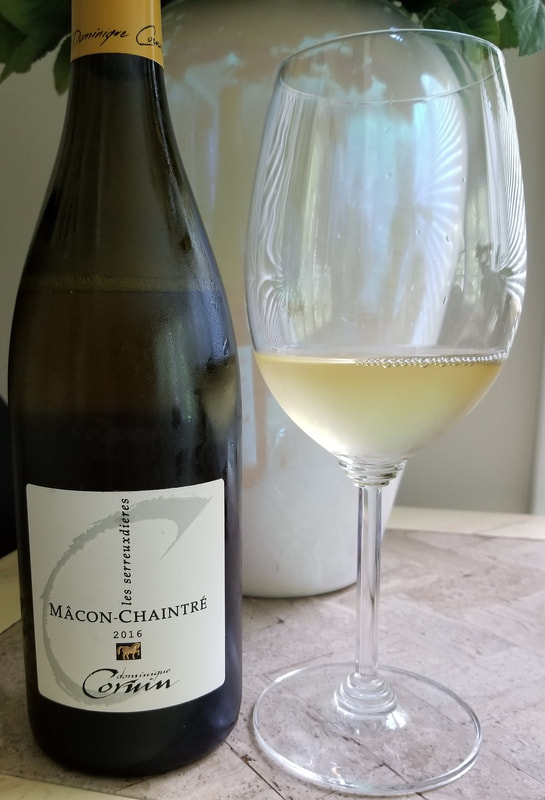
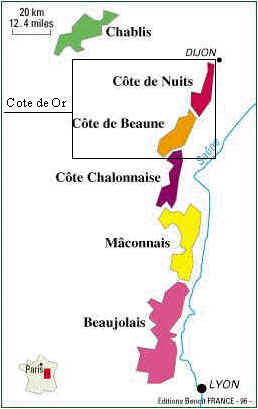
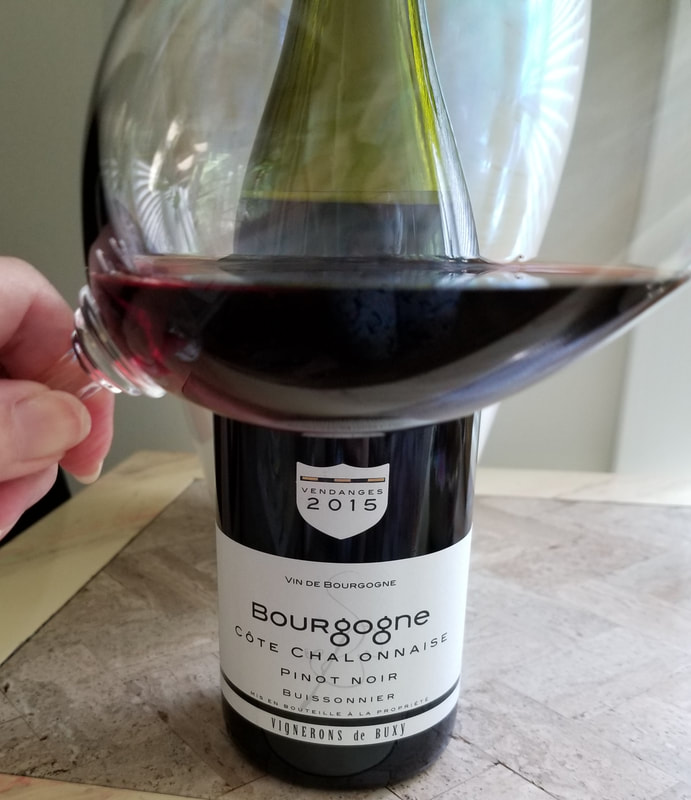
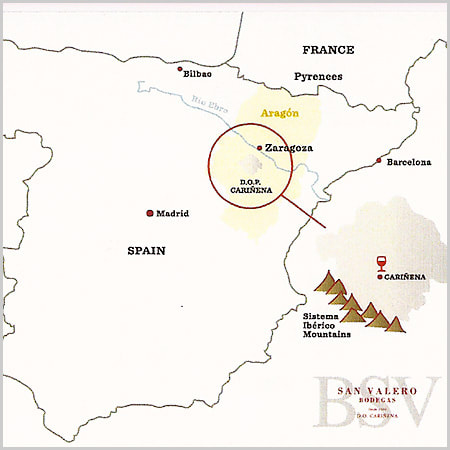
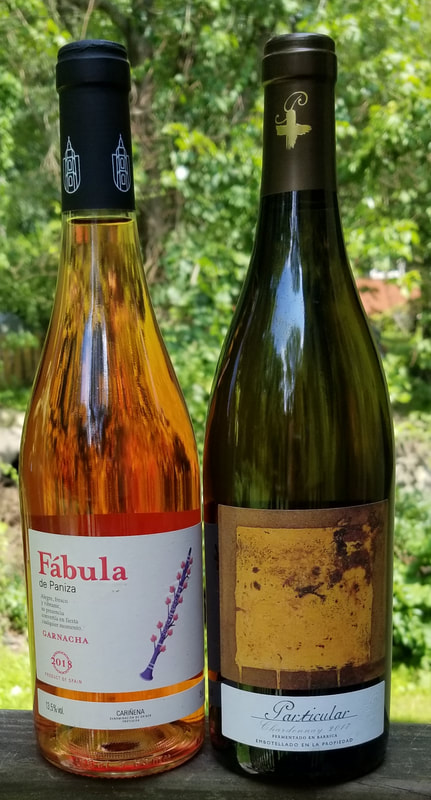
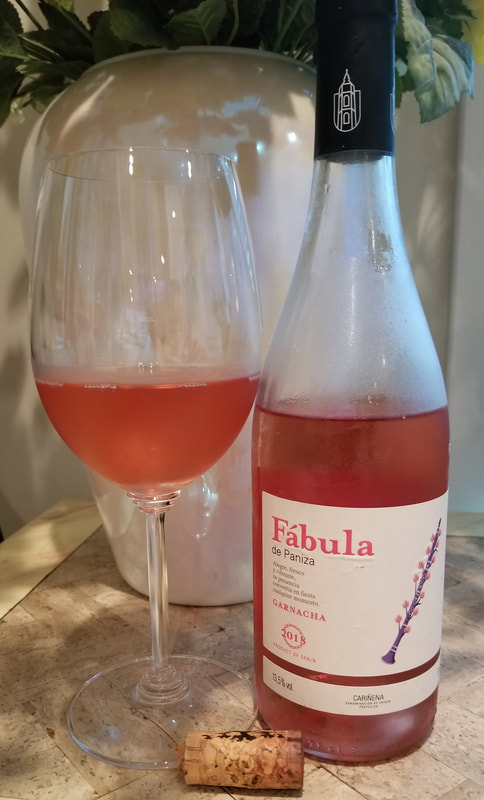
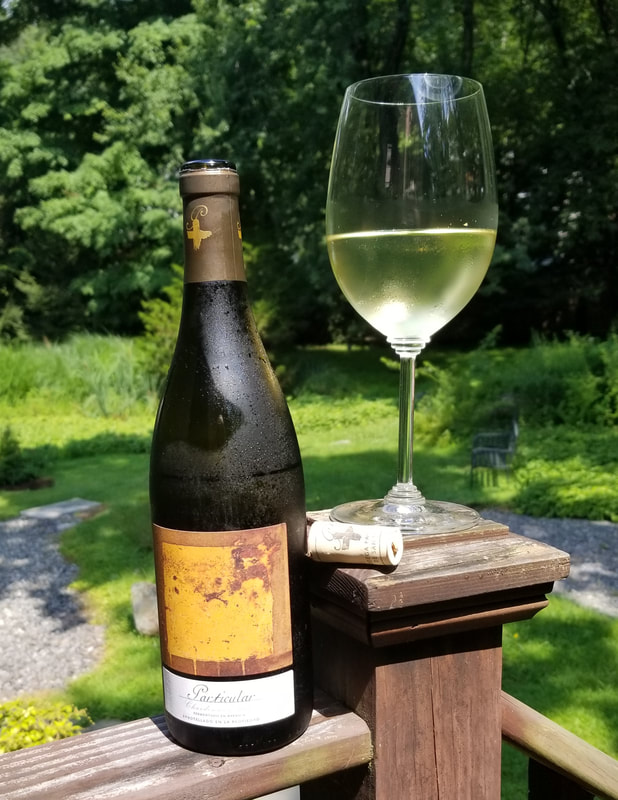
 RSS Feed
RSS Feed